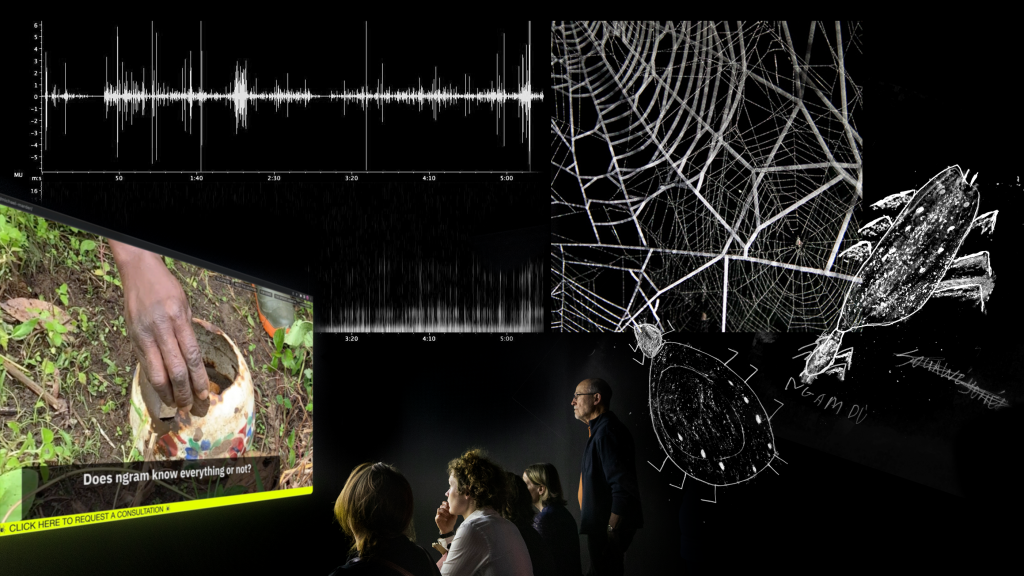

...

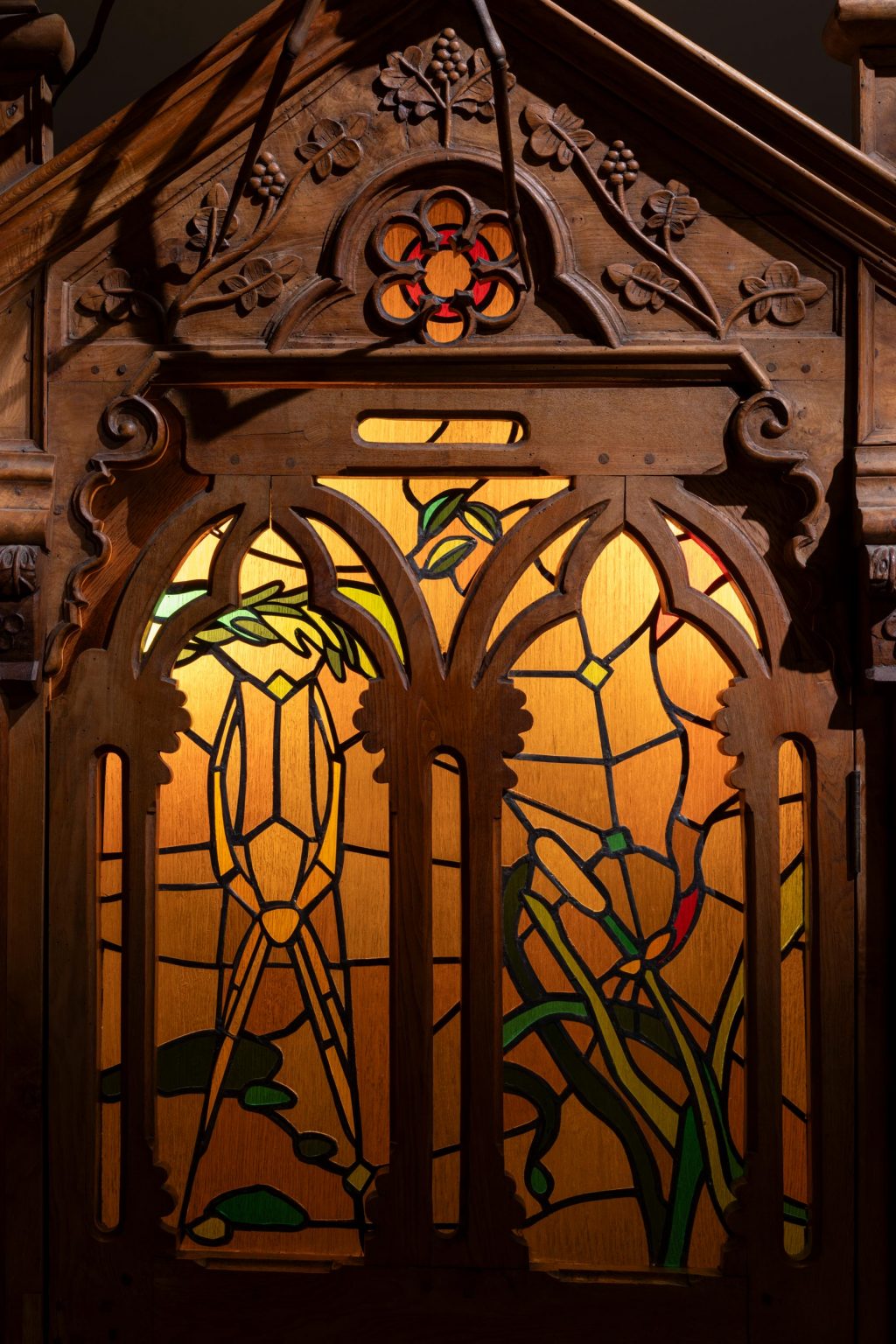
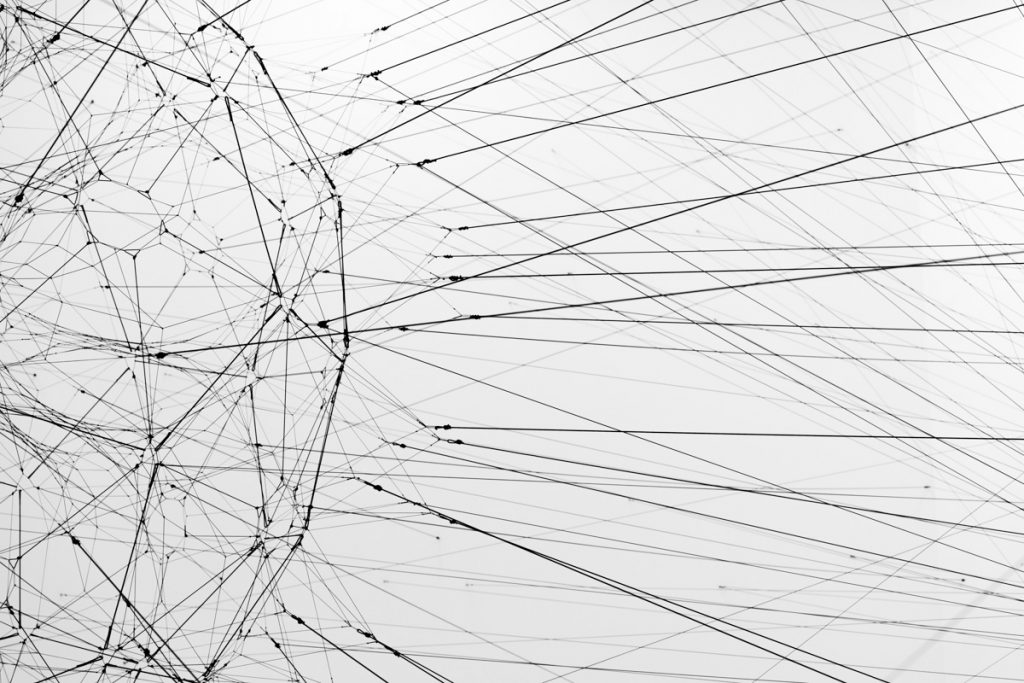
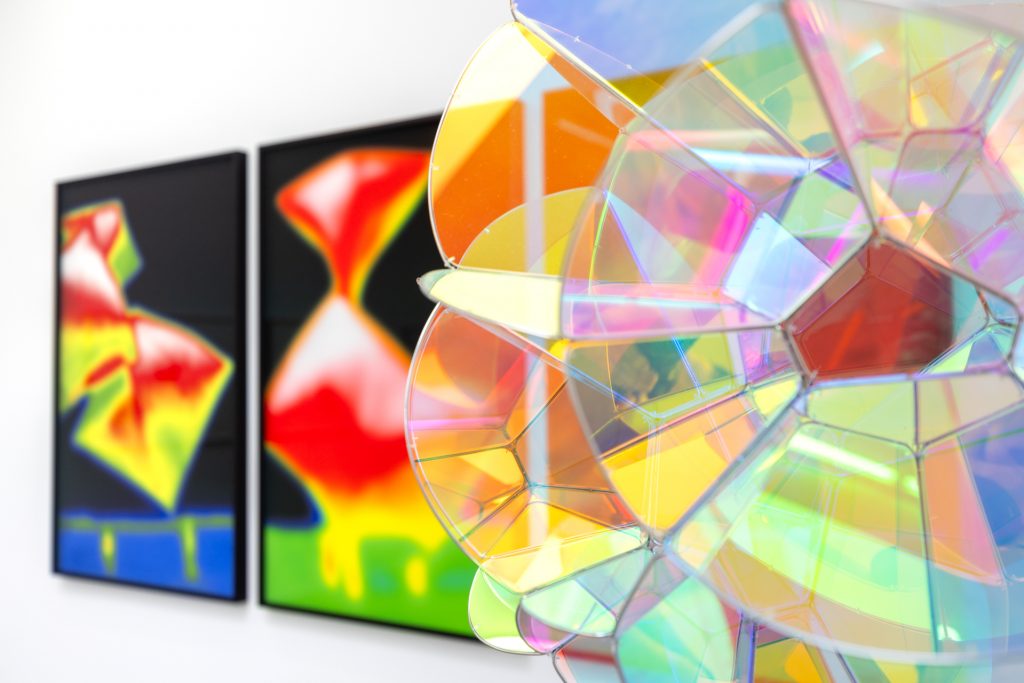
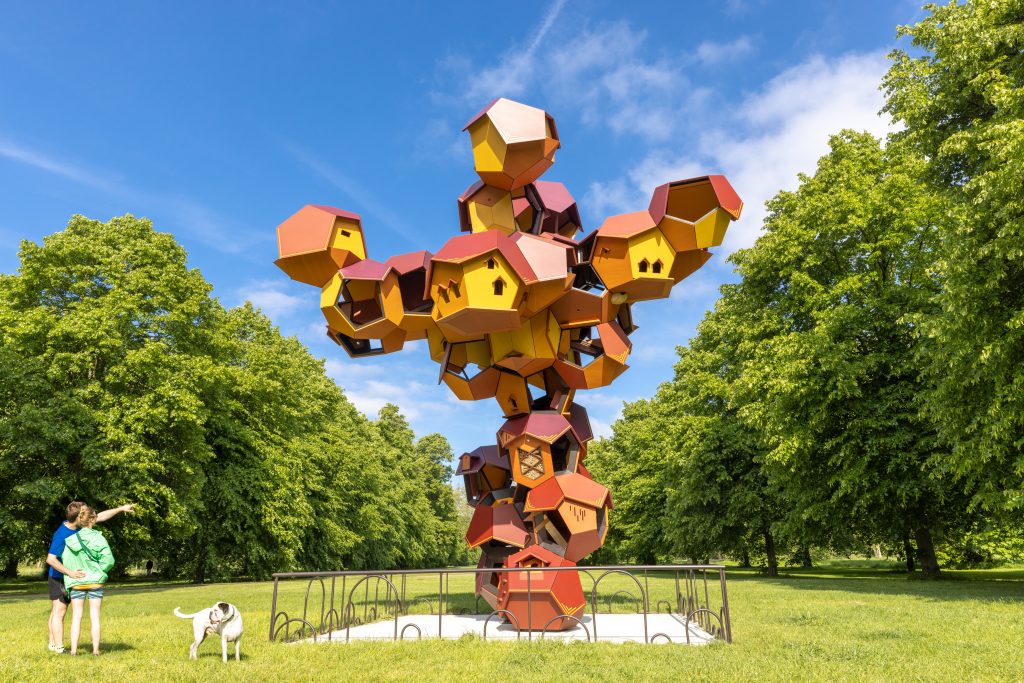
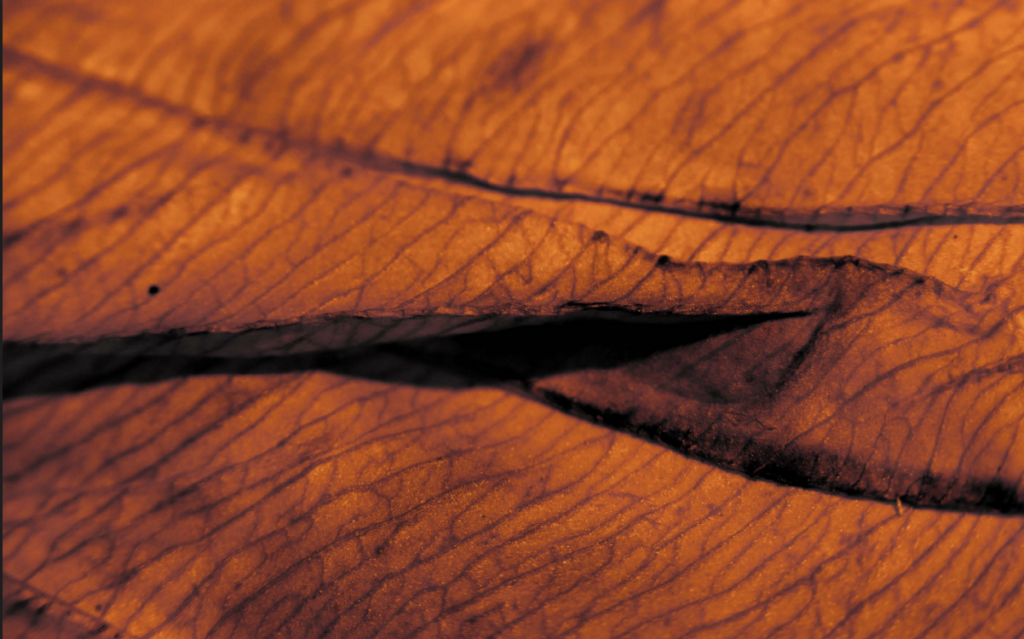
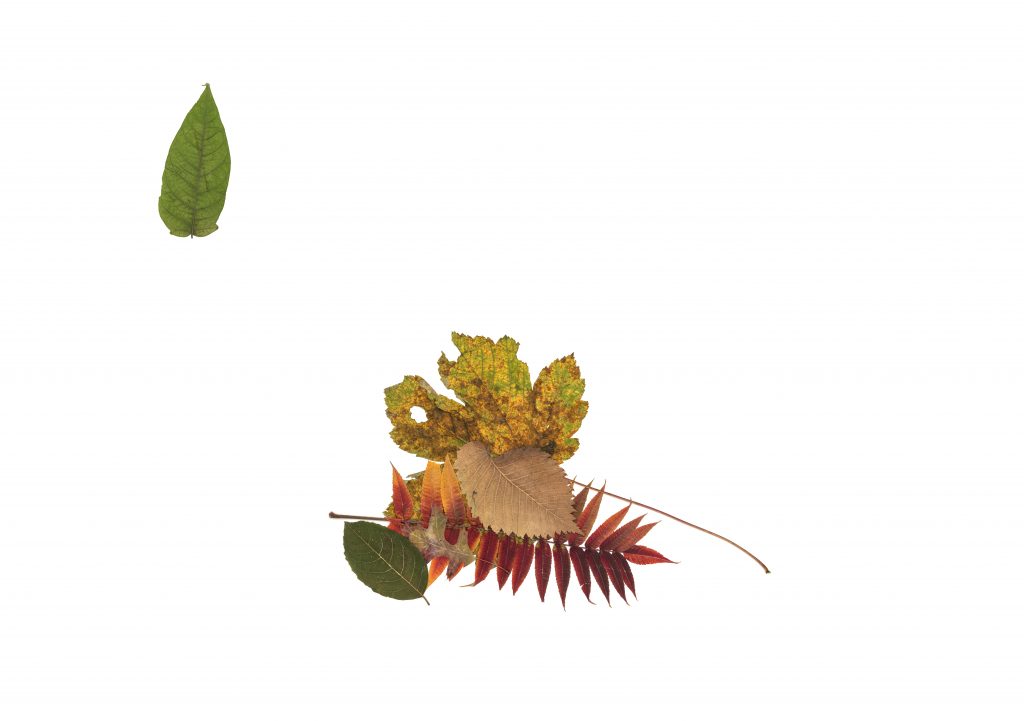
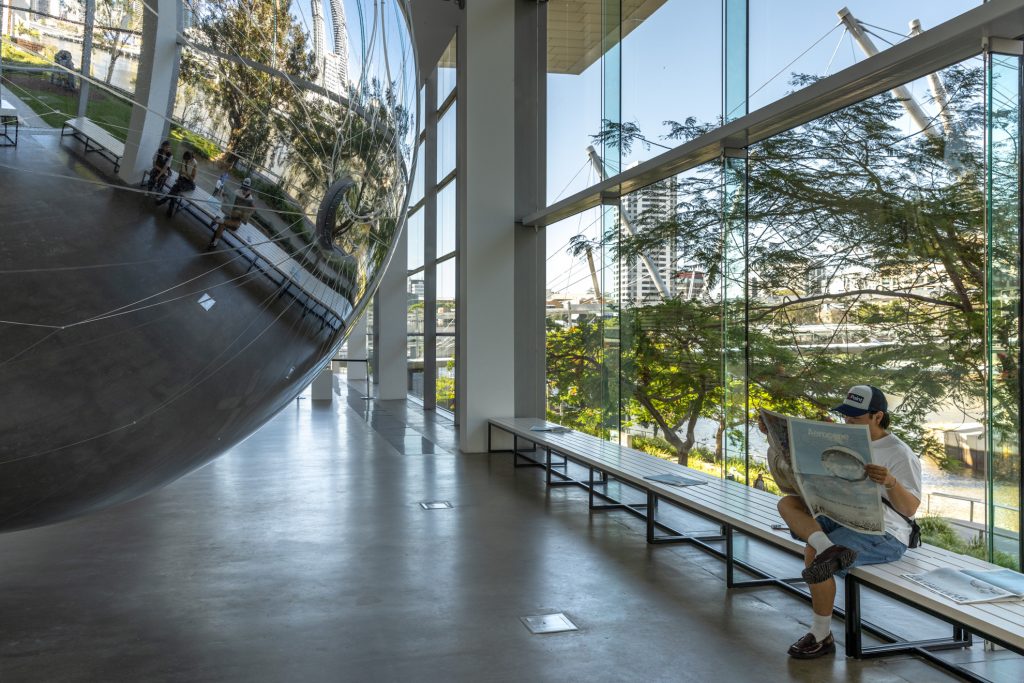
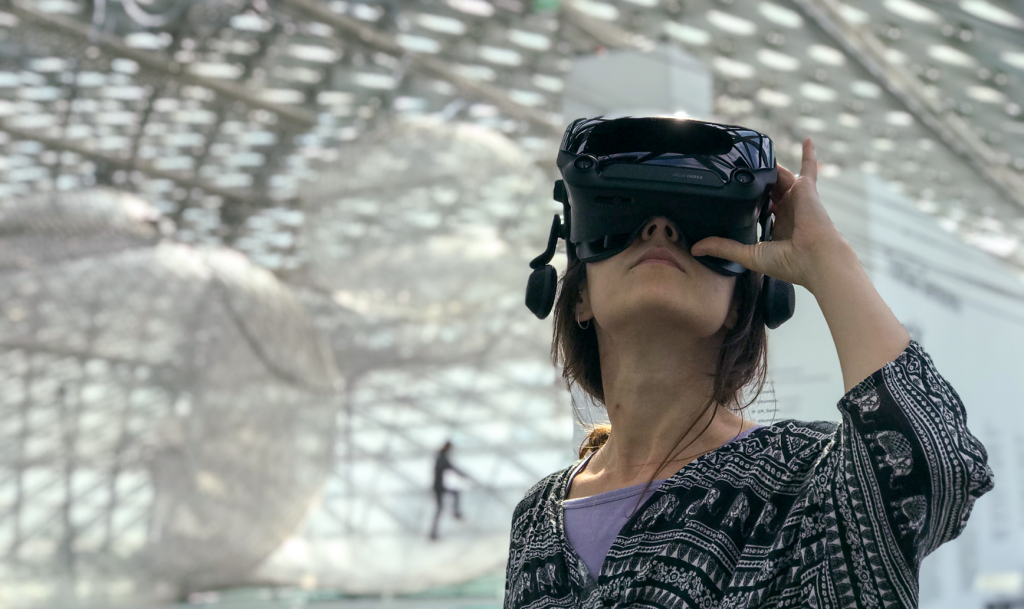
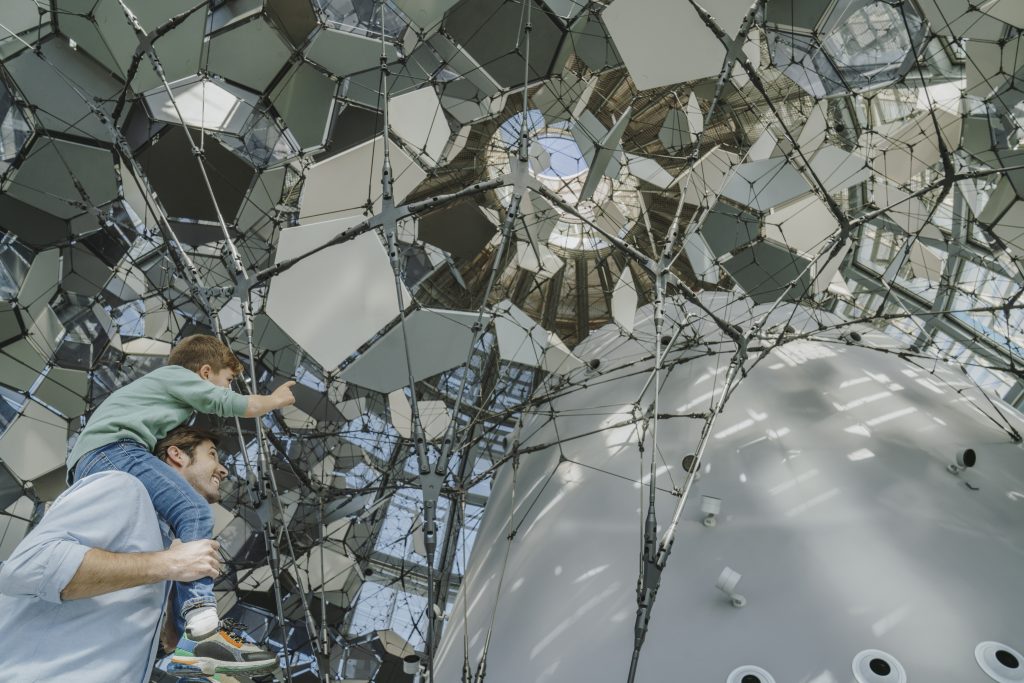

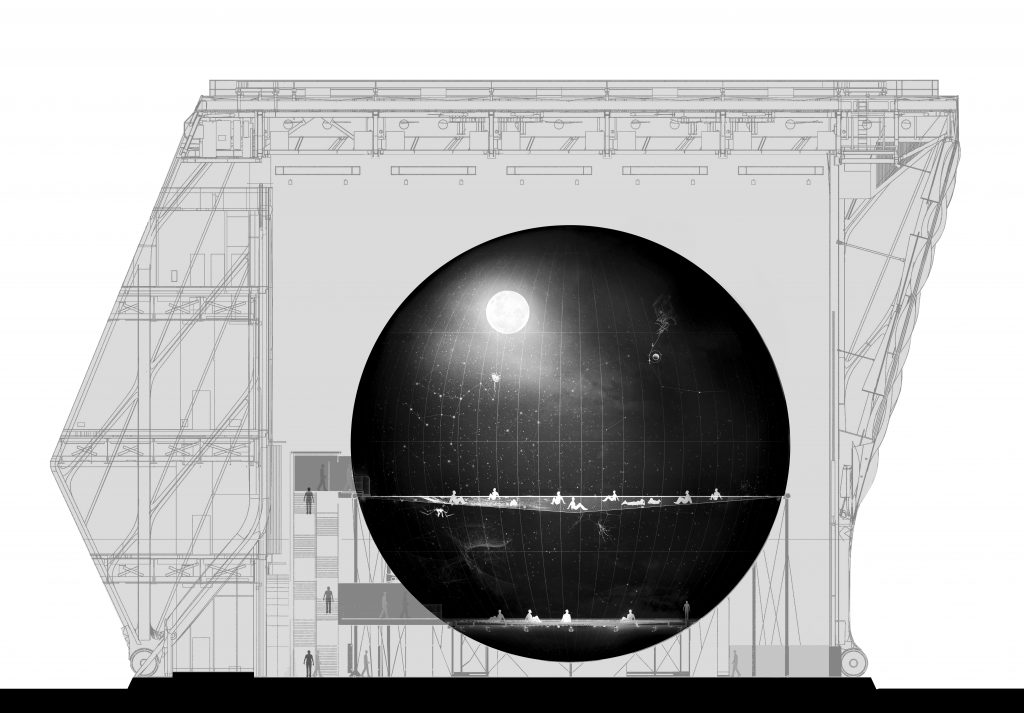
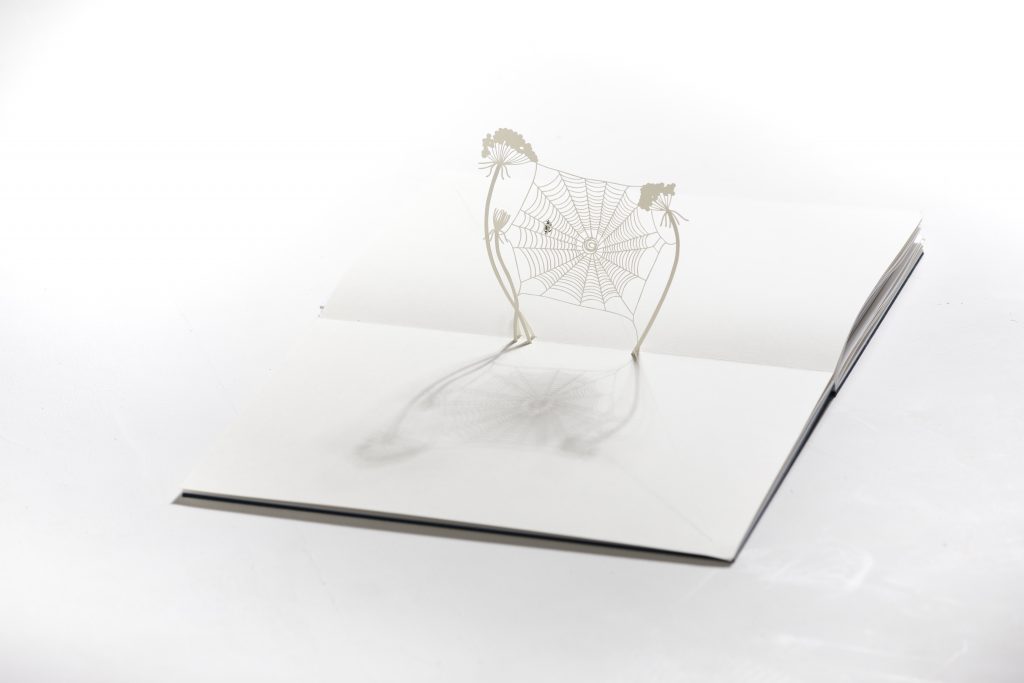
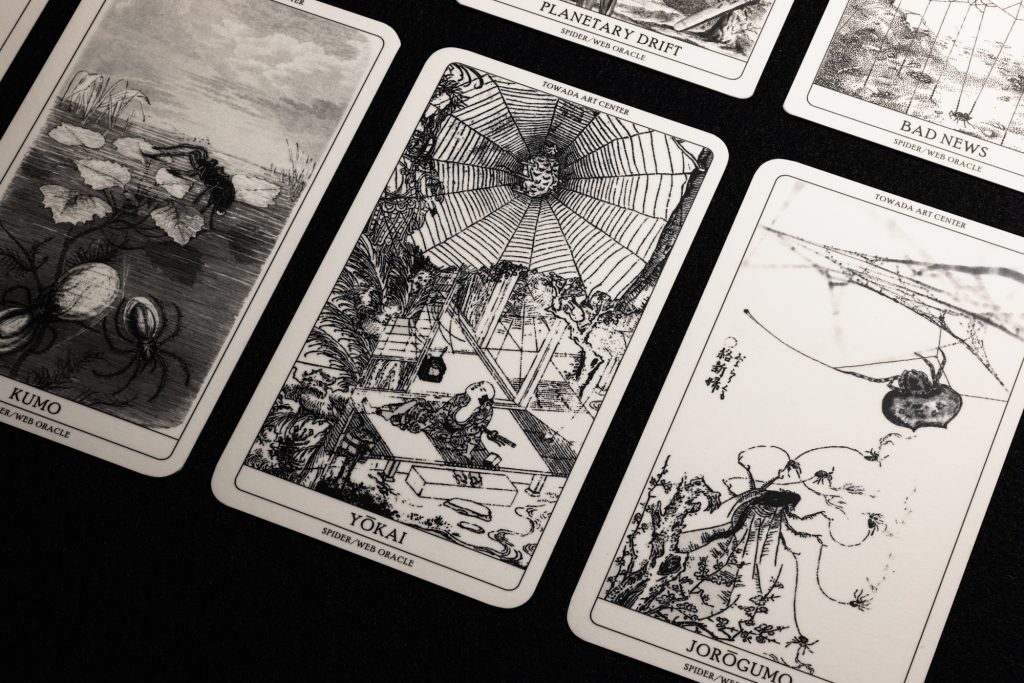
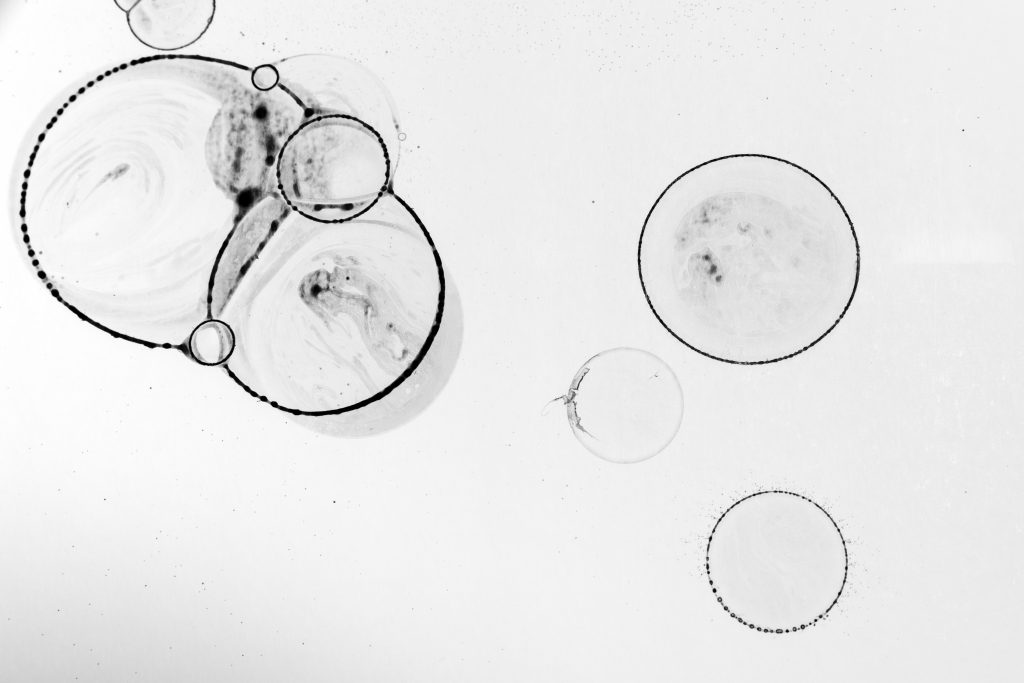
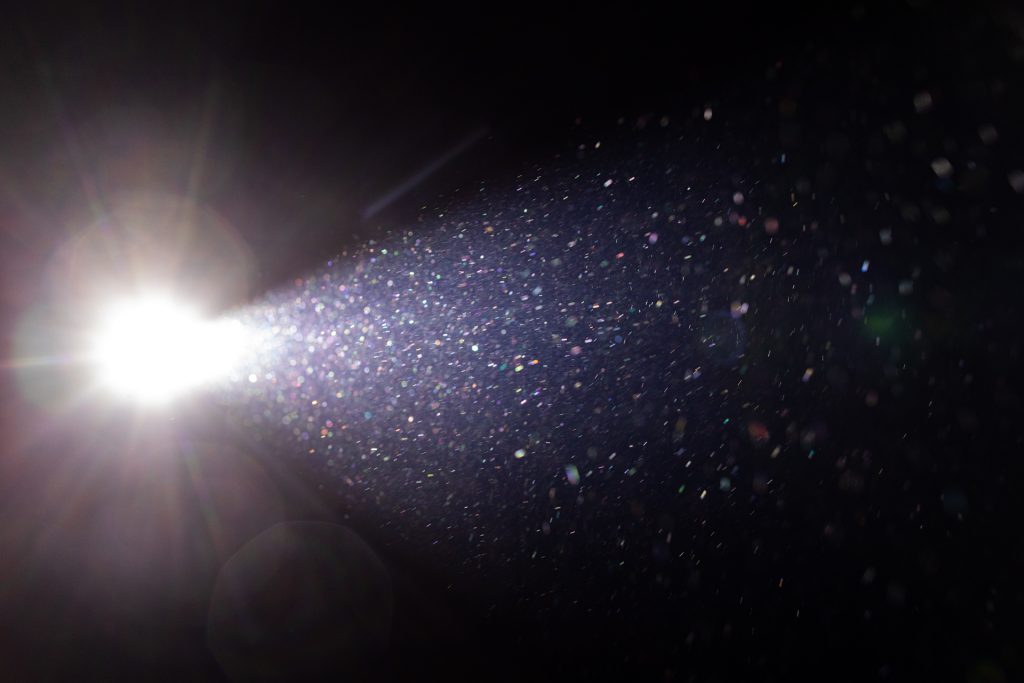
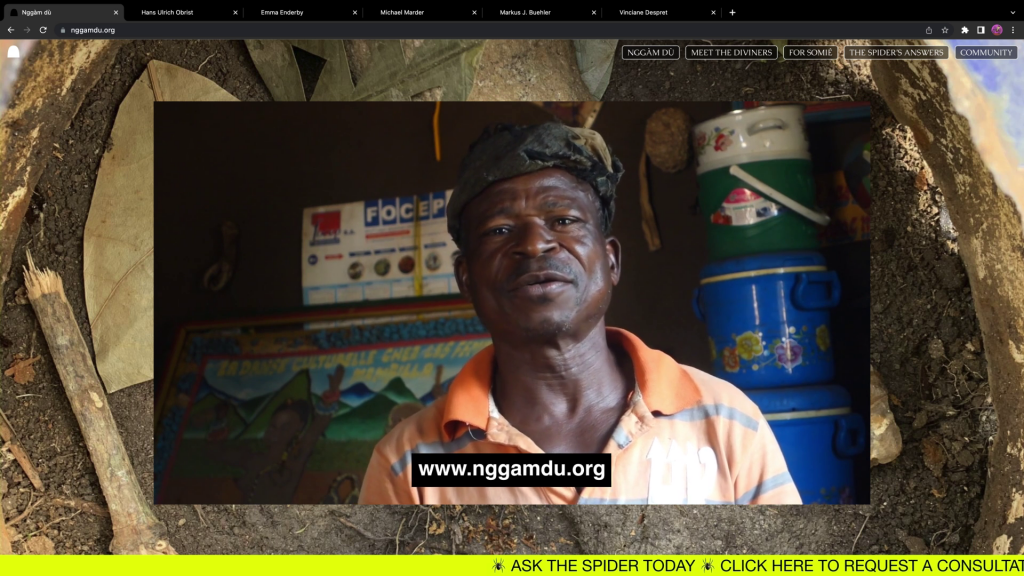
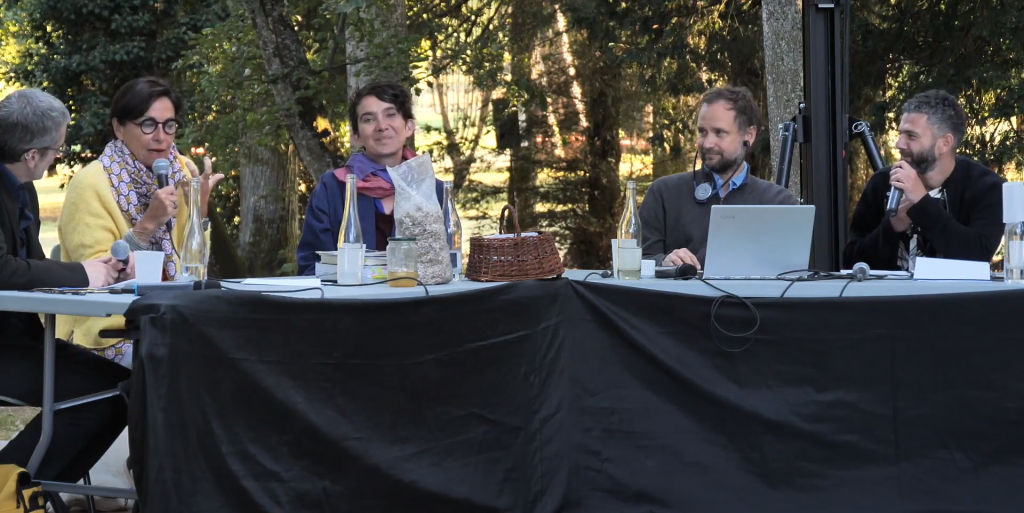
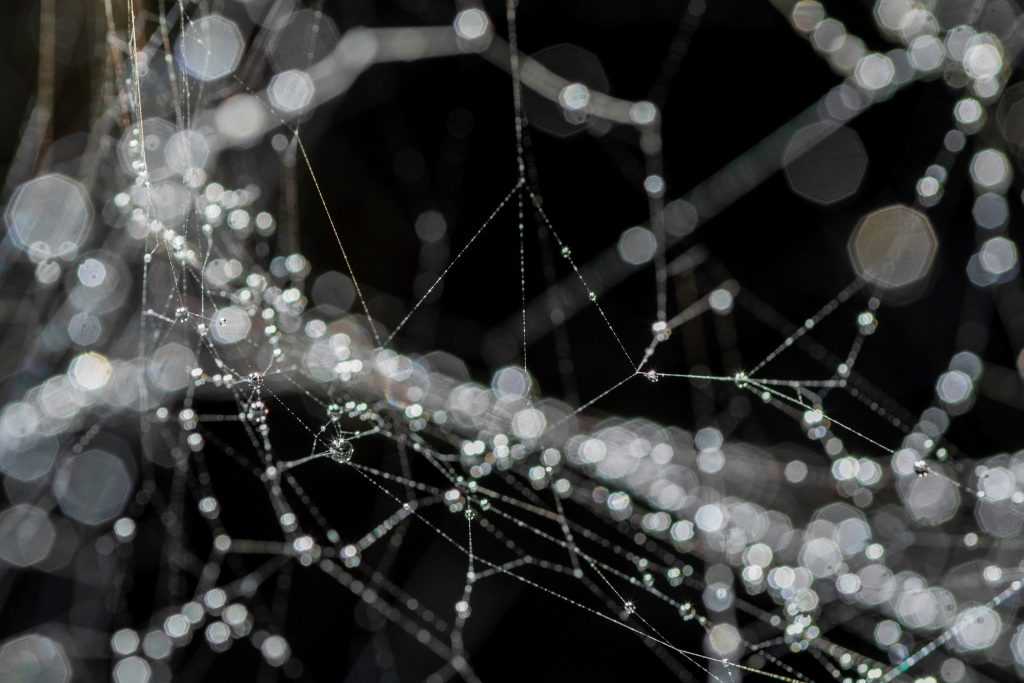
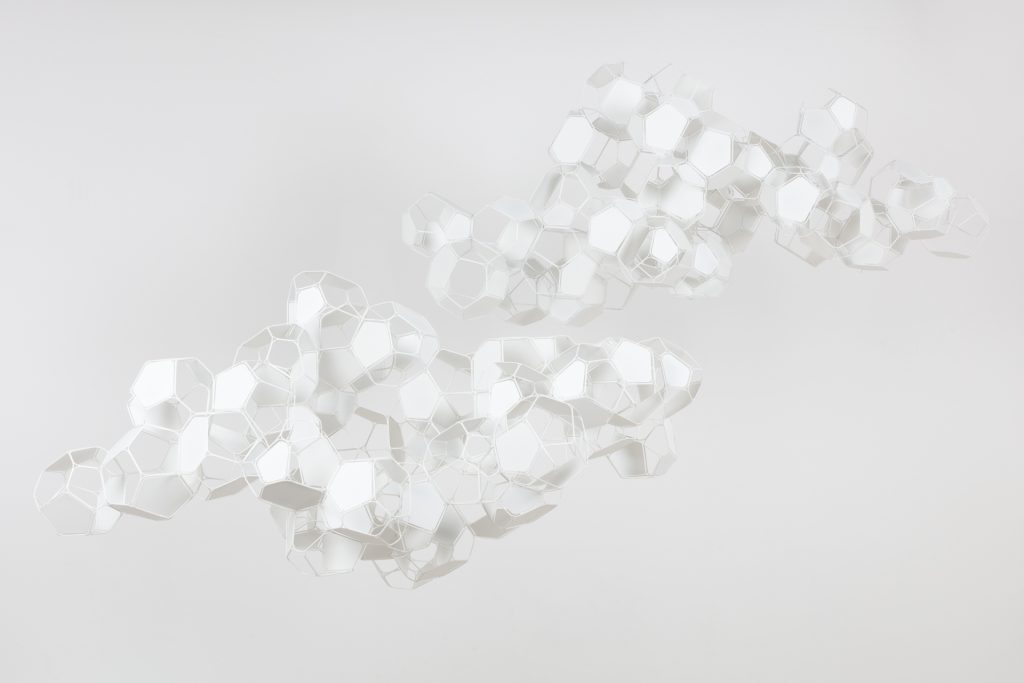
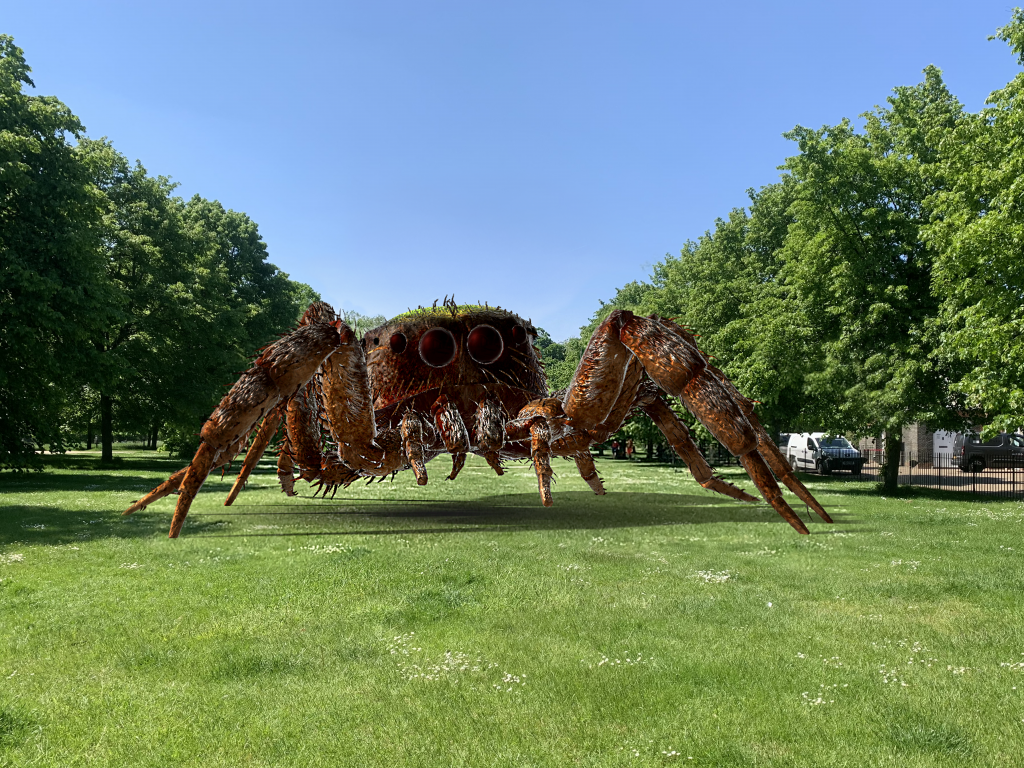
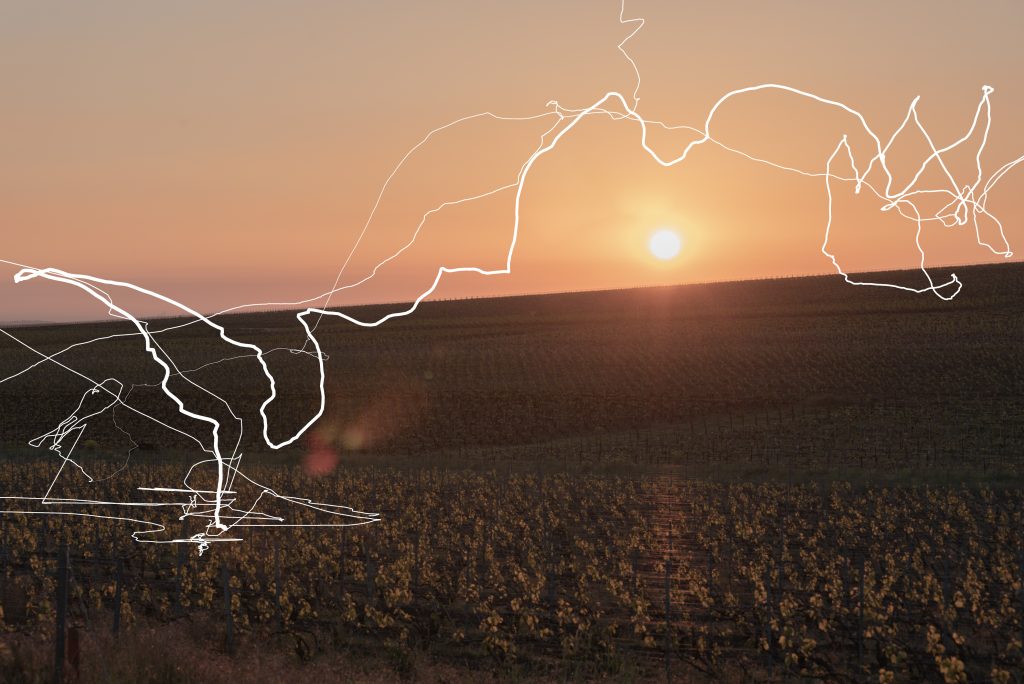
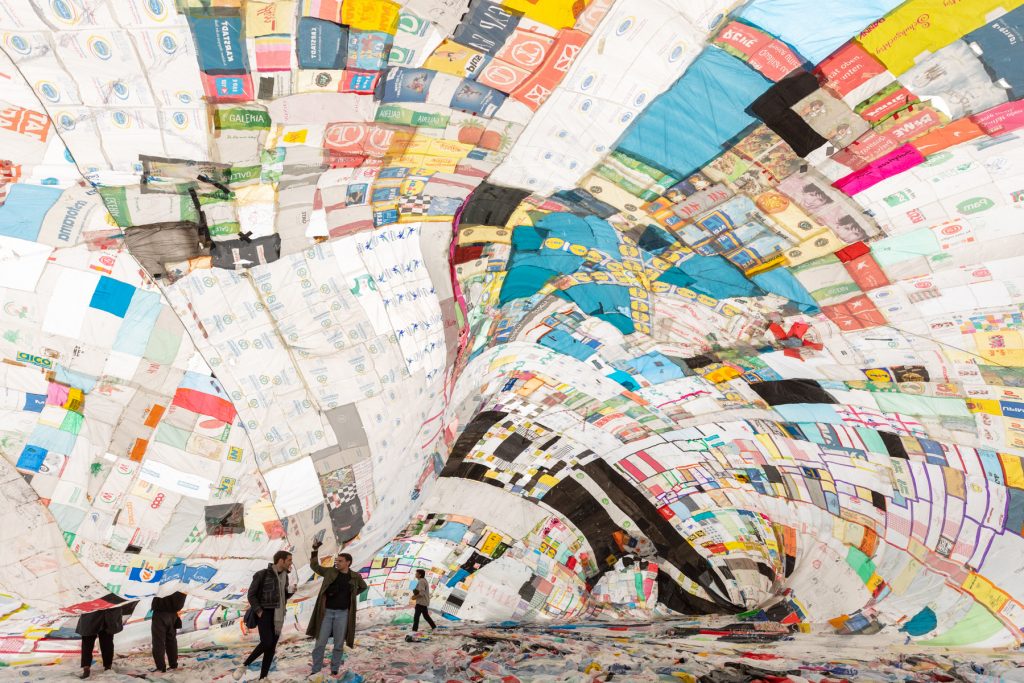
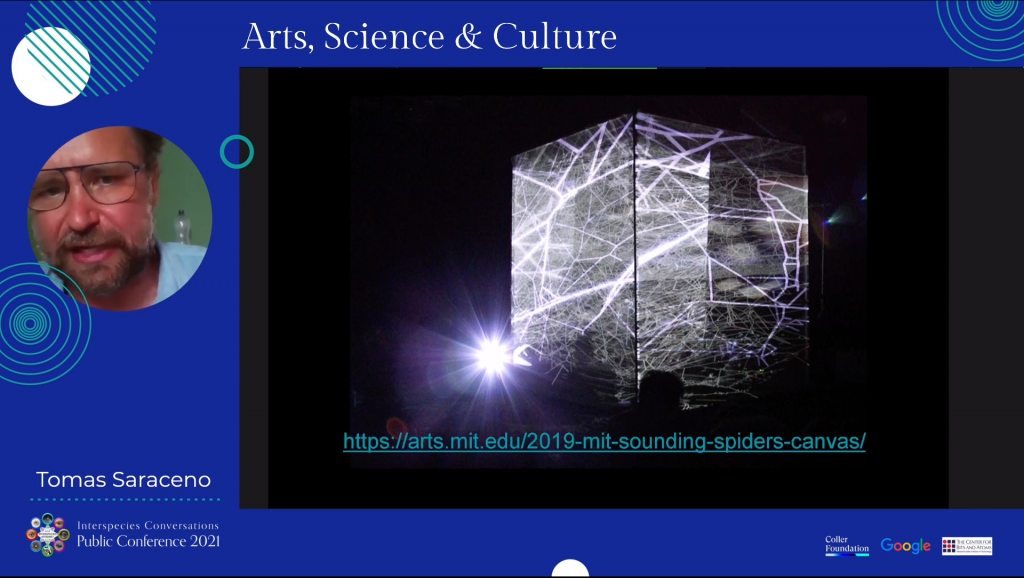
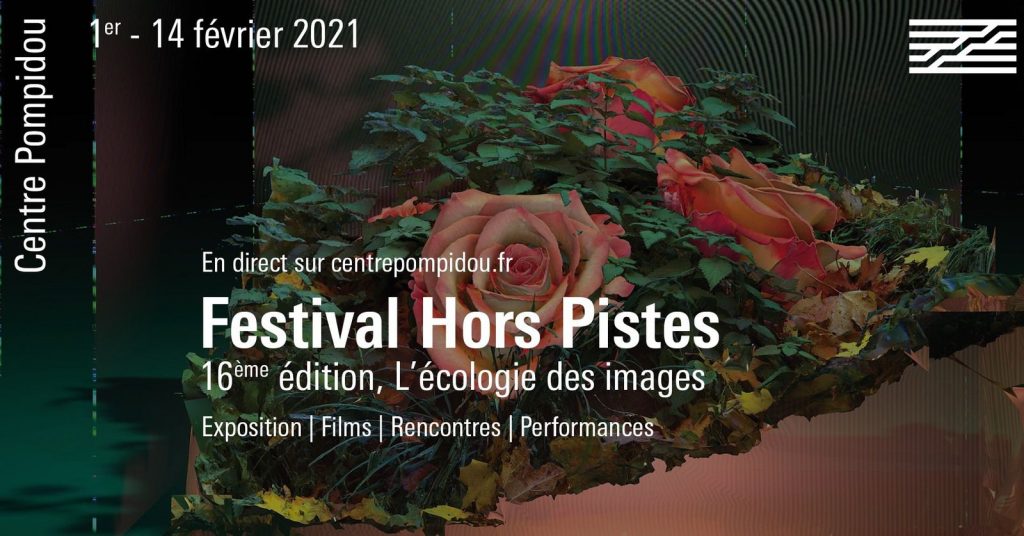
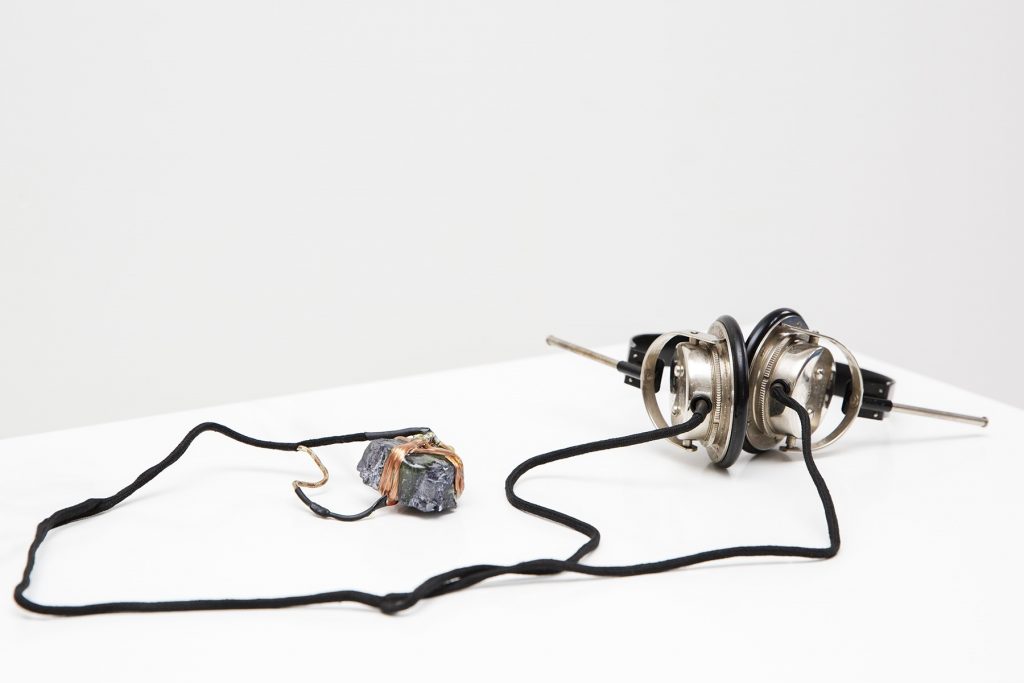
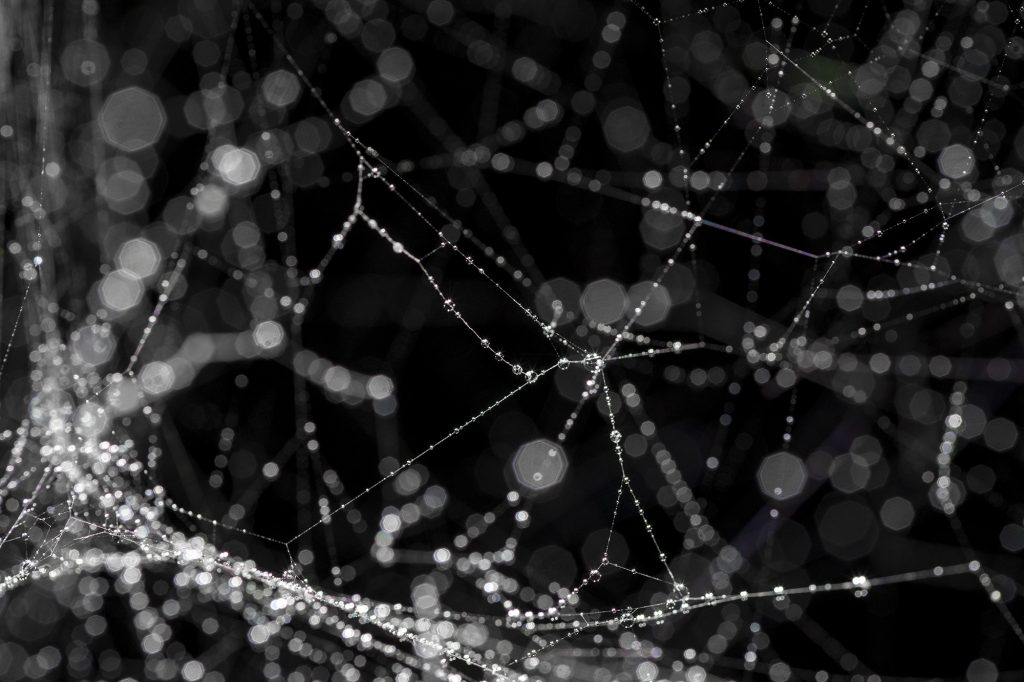

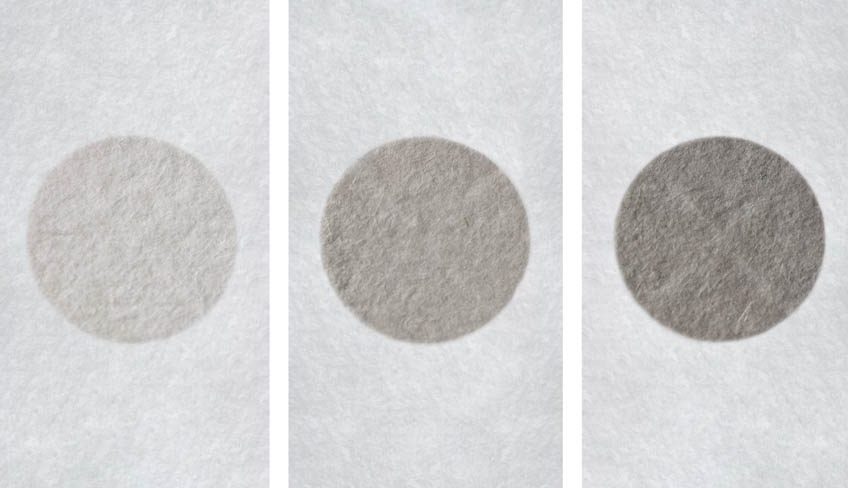
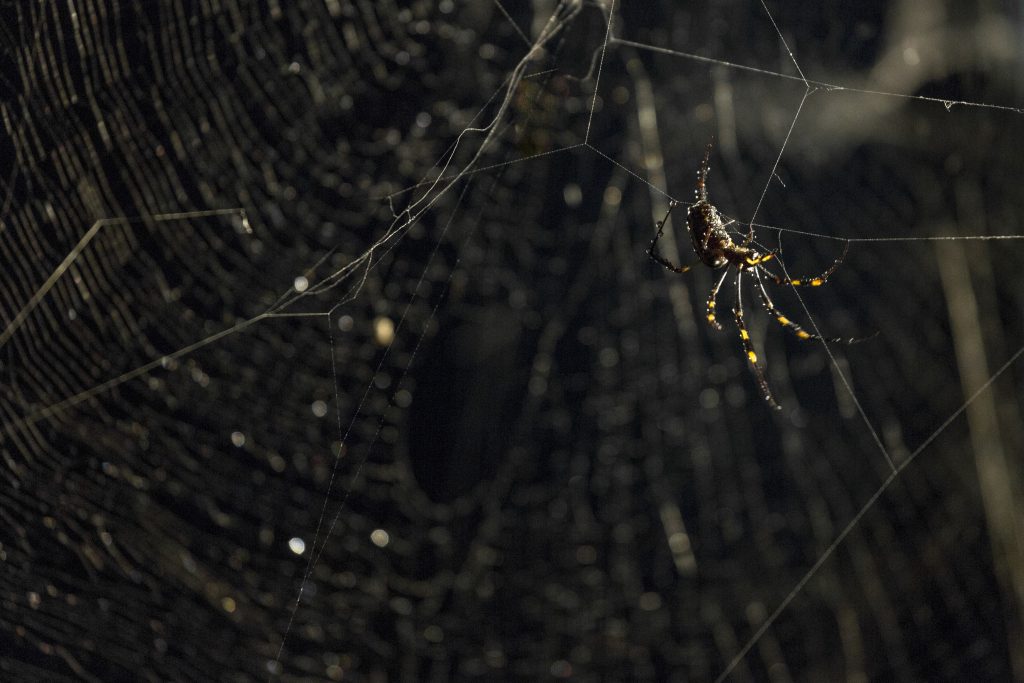
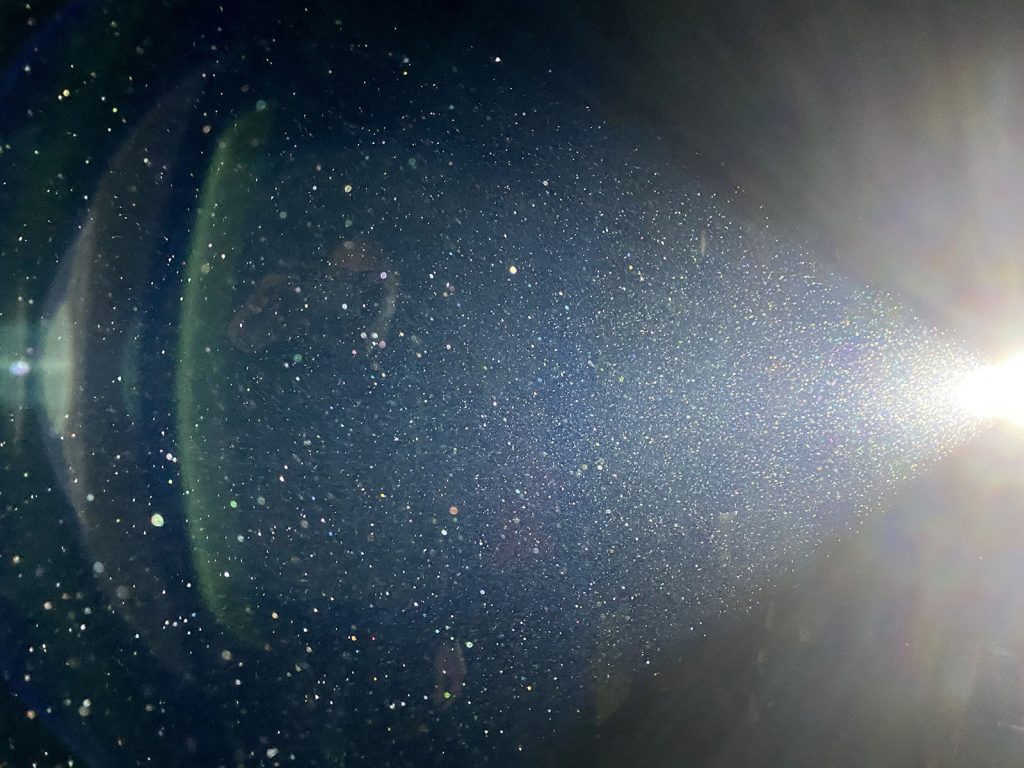
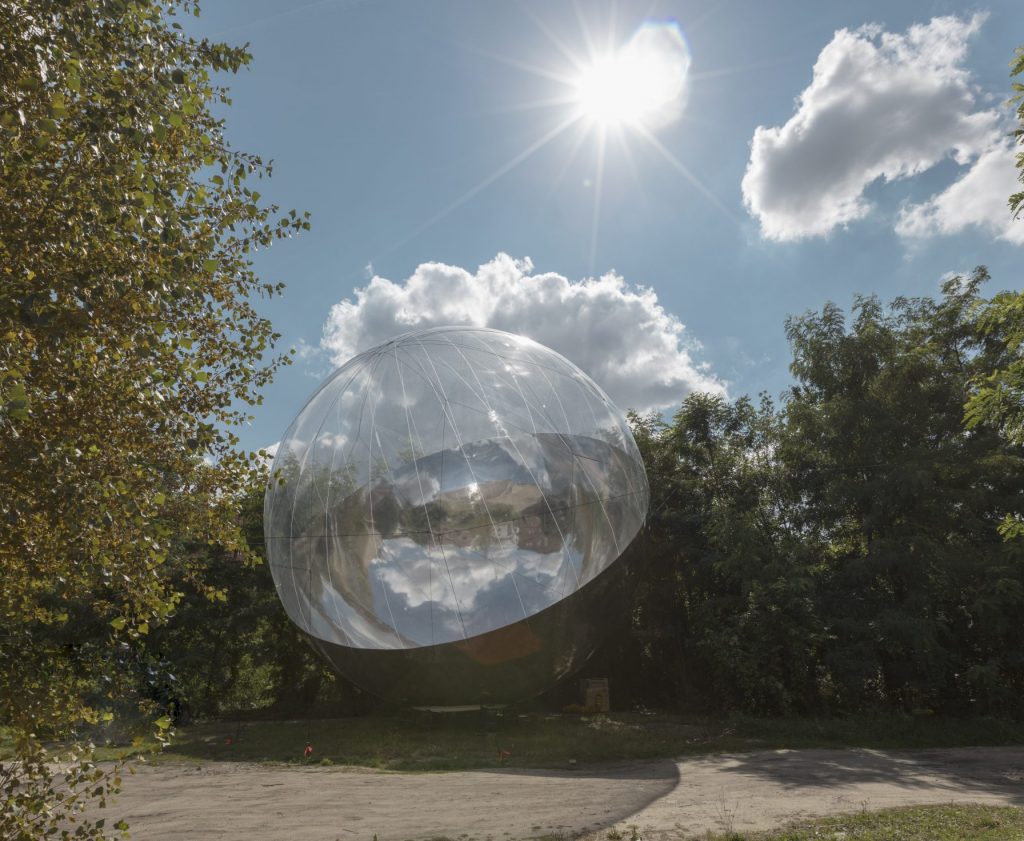
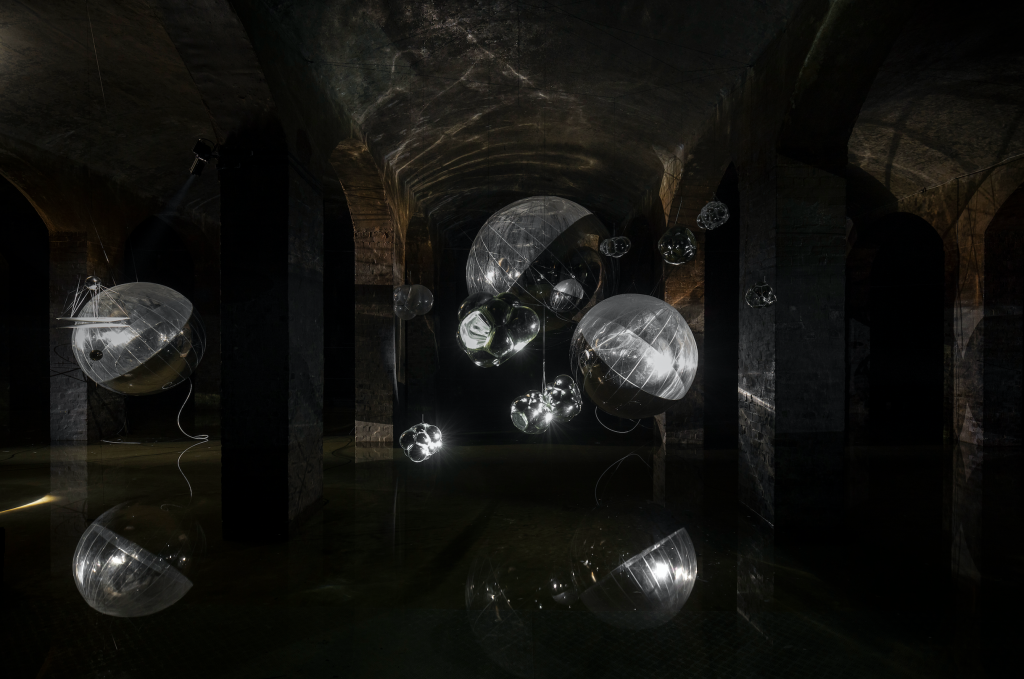
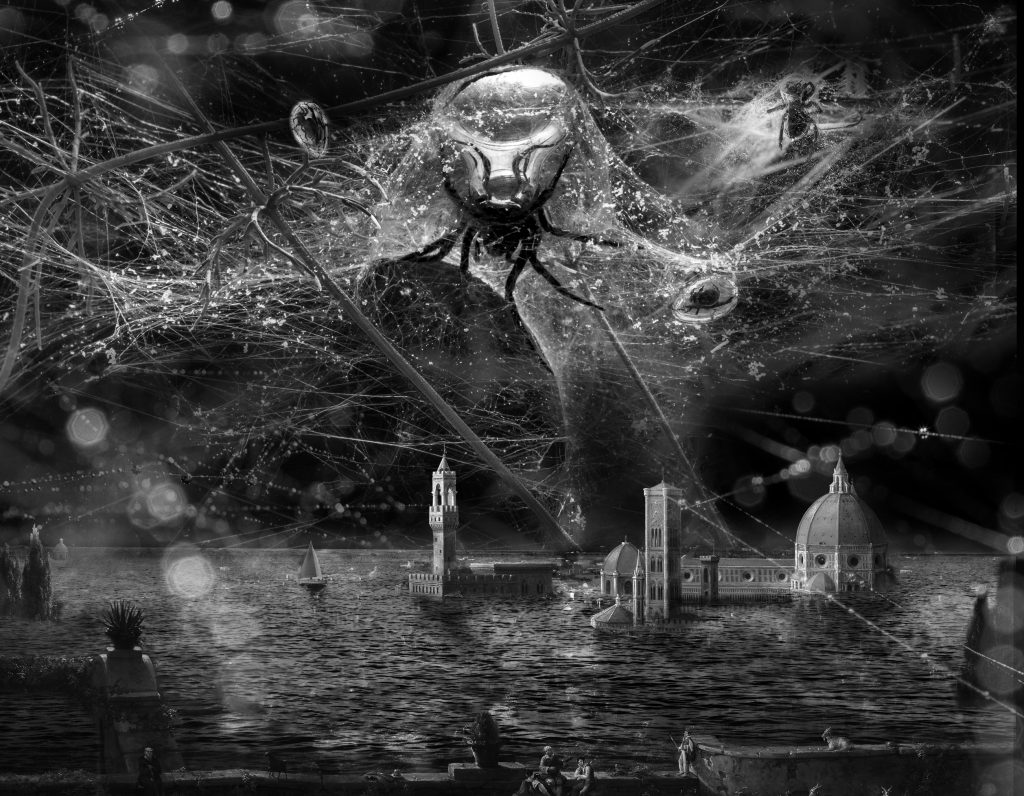
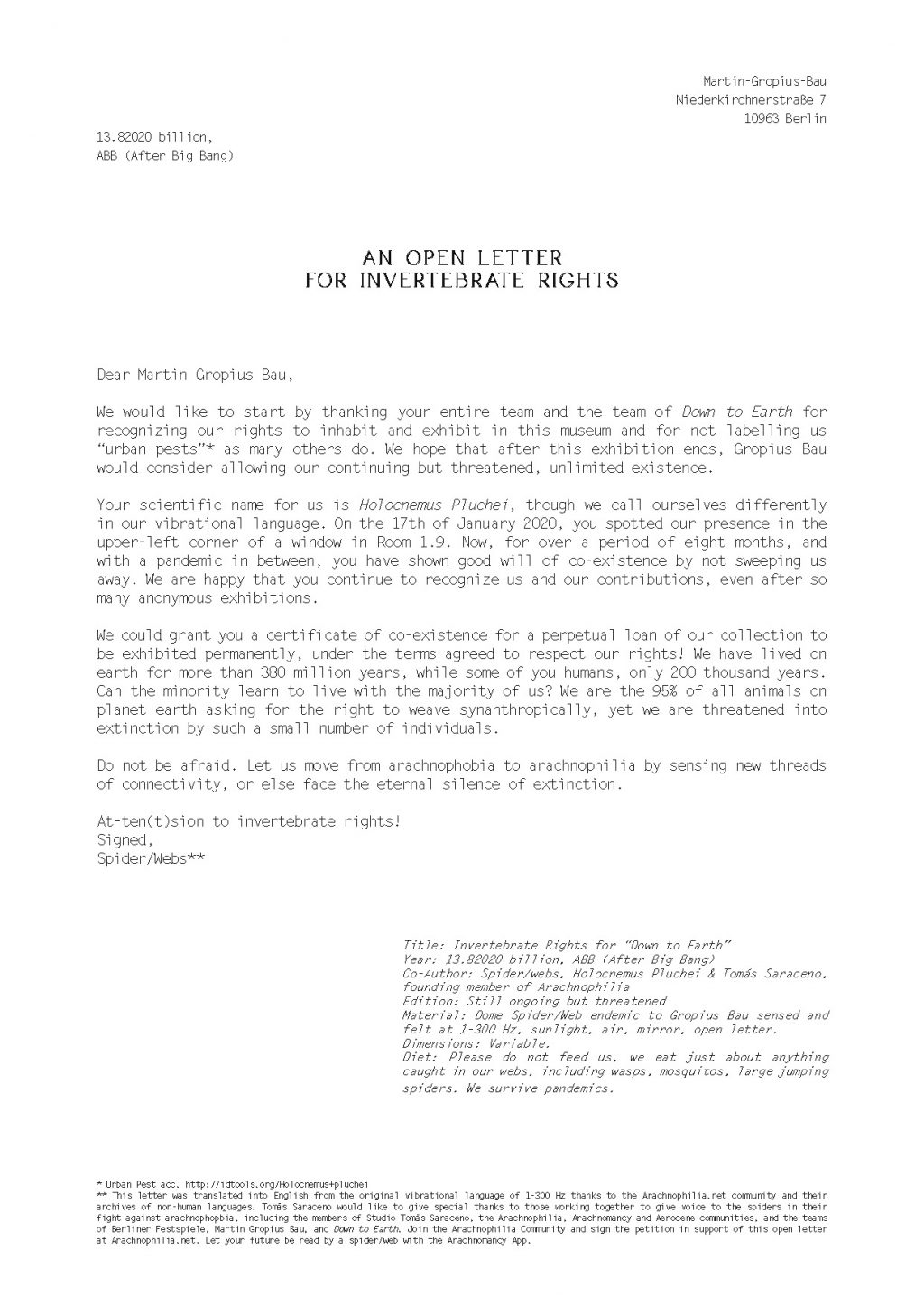

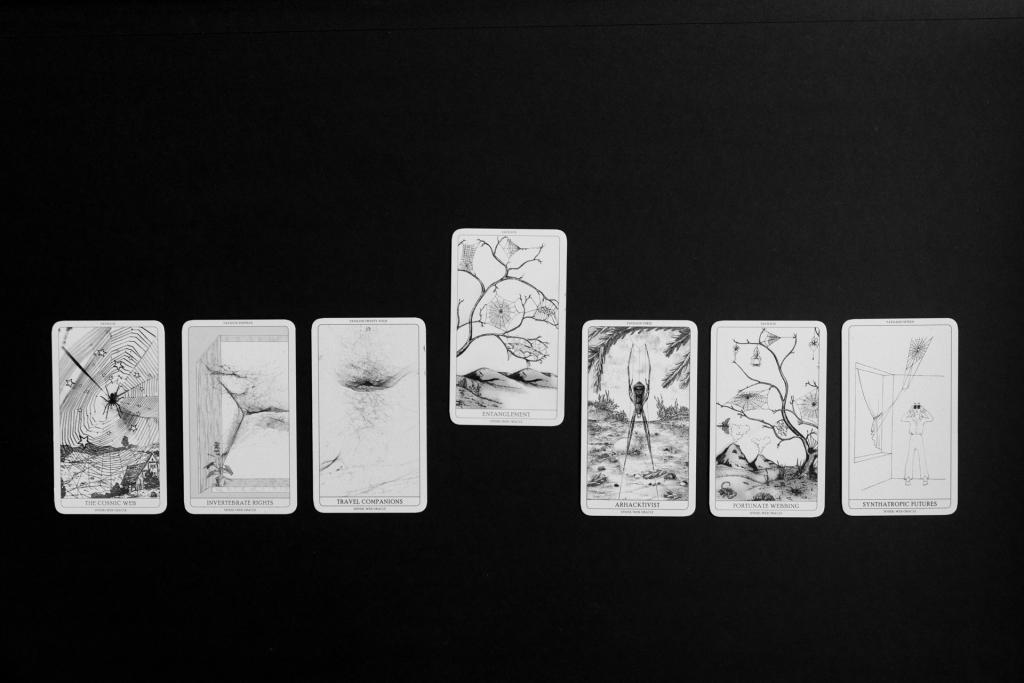
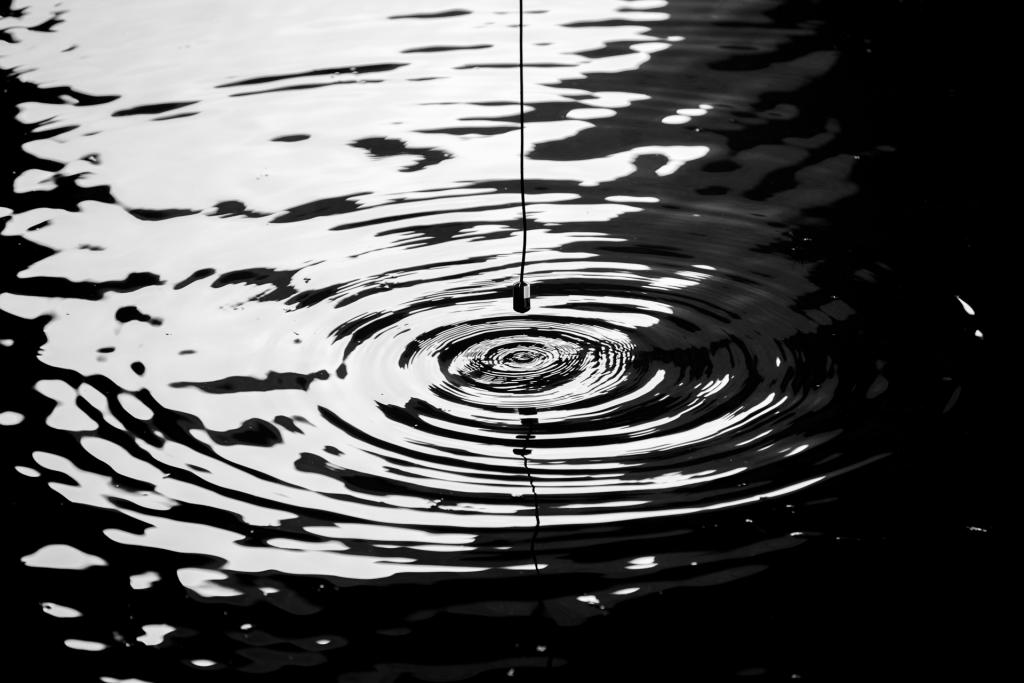
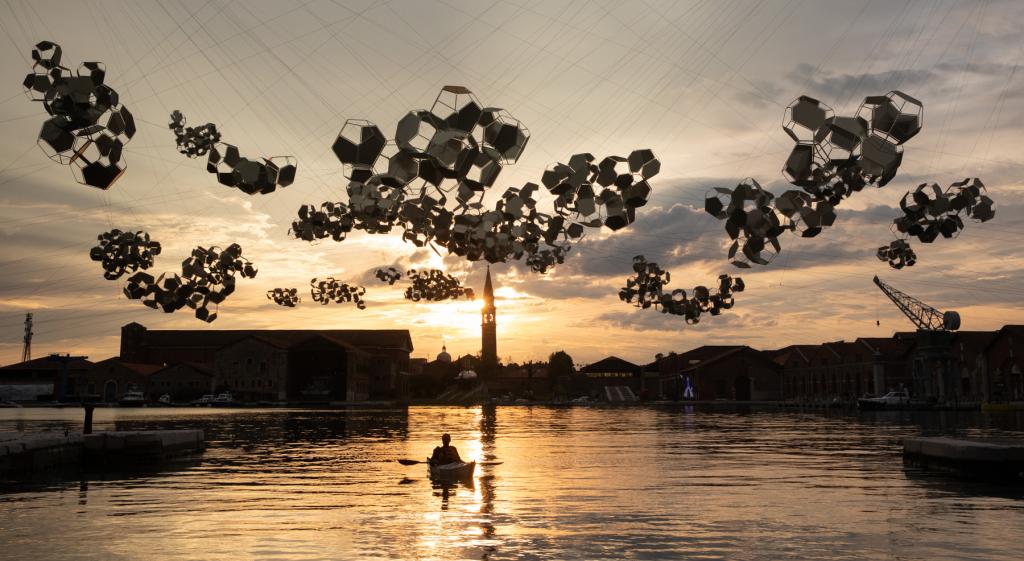
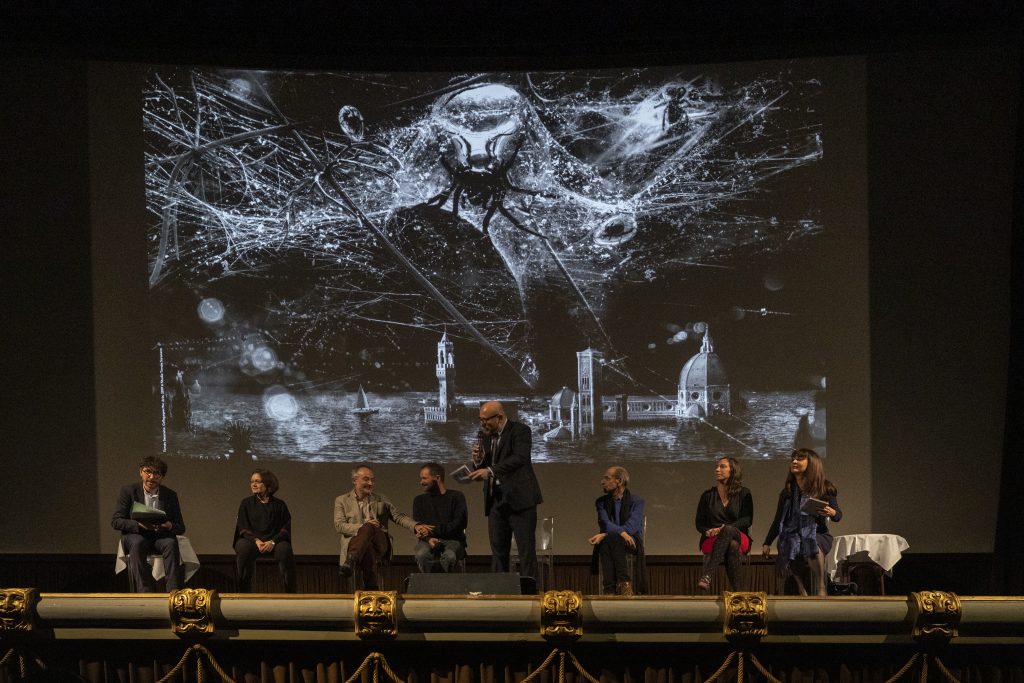
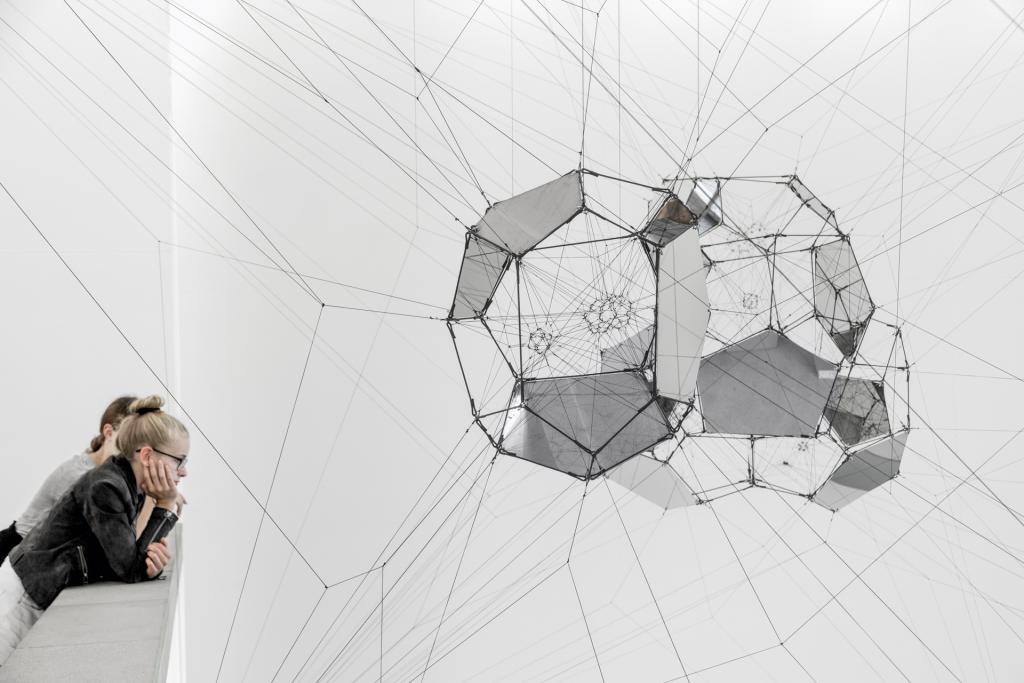
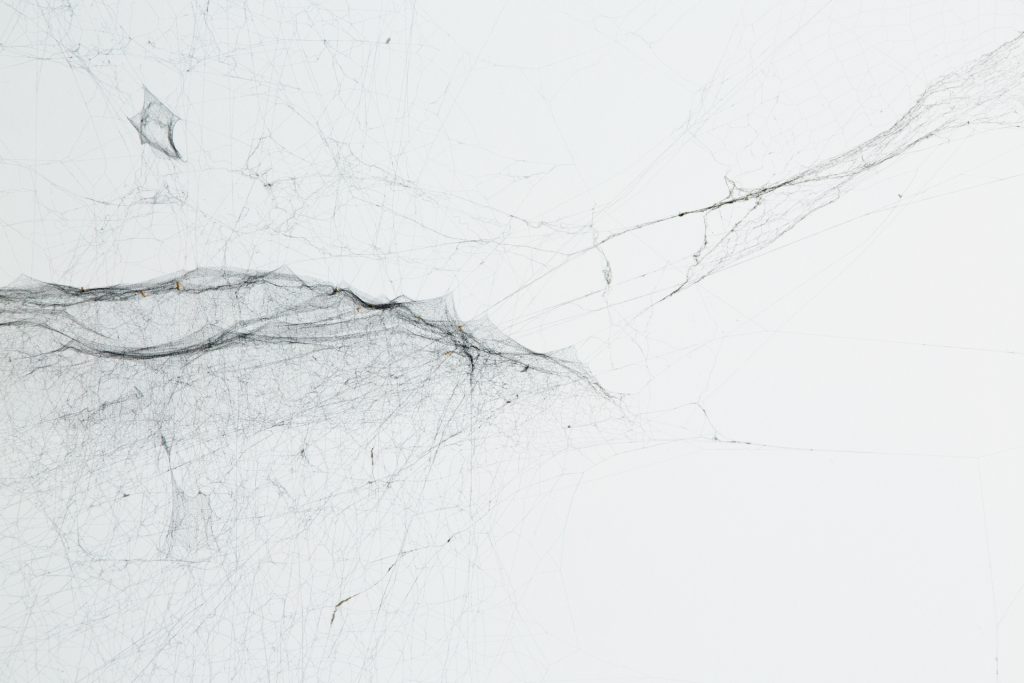
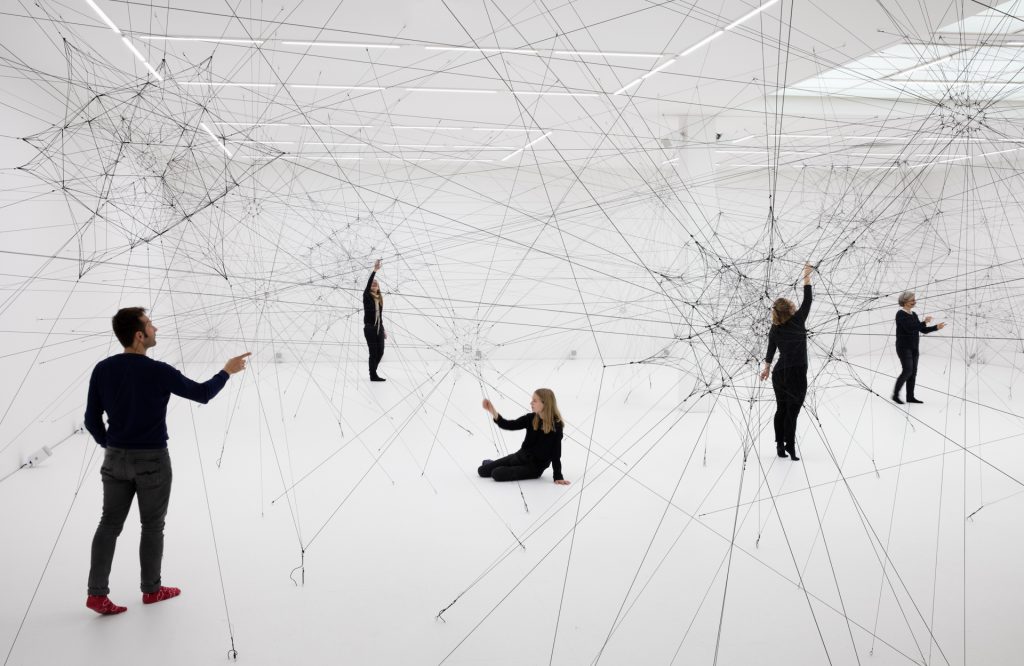
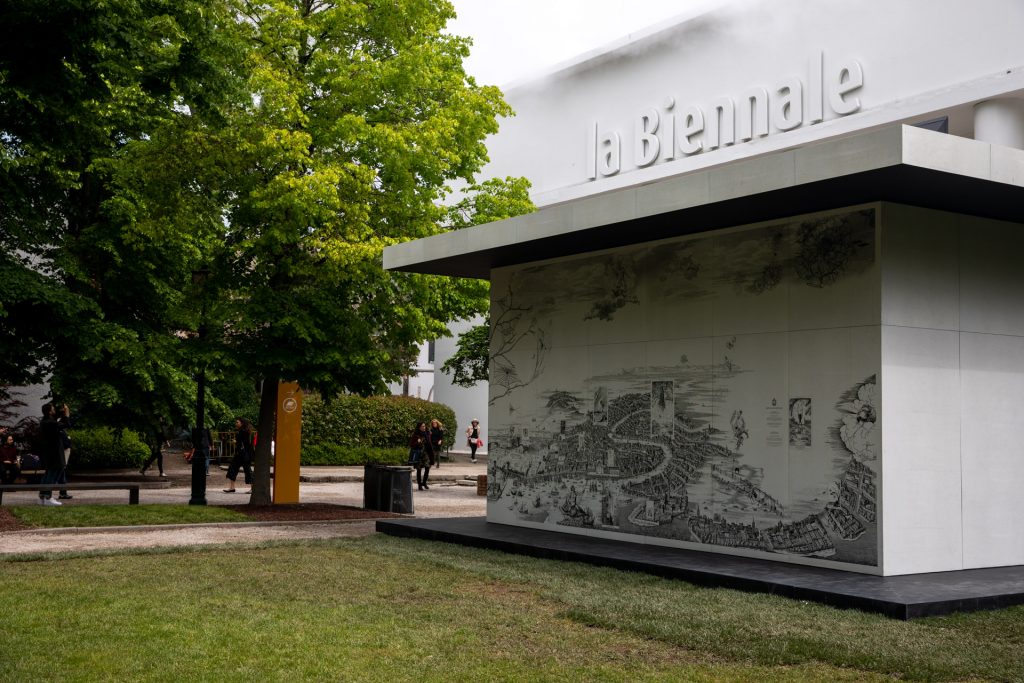
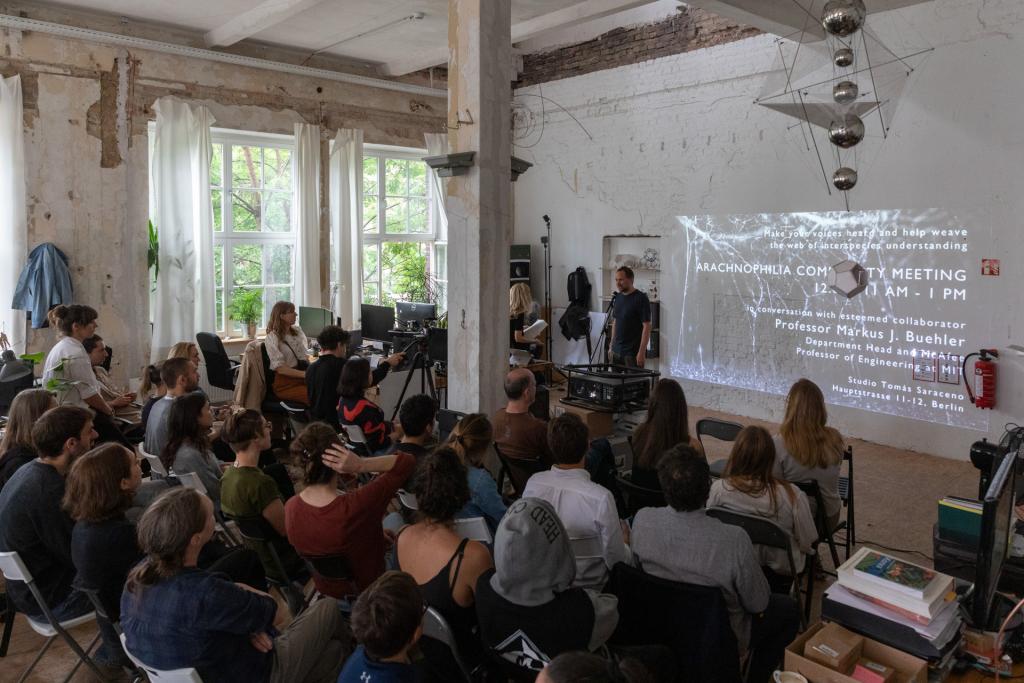
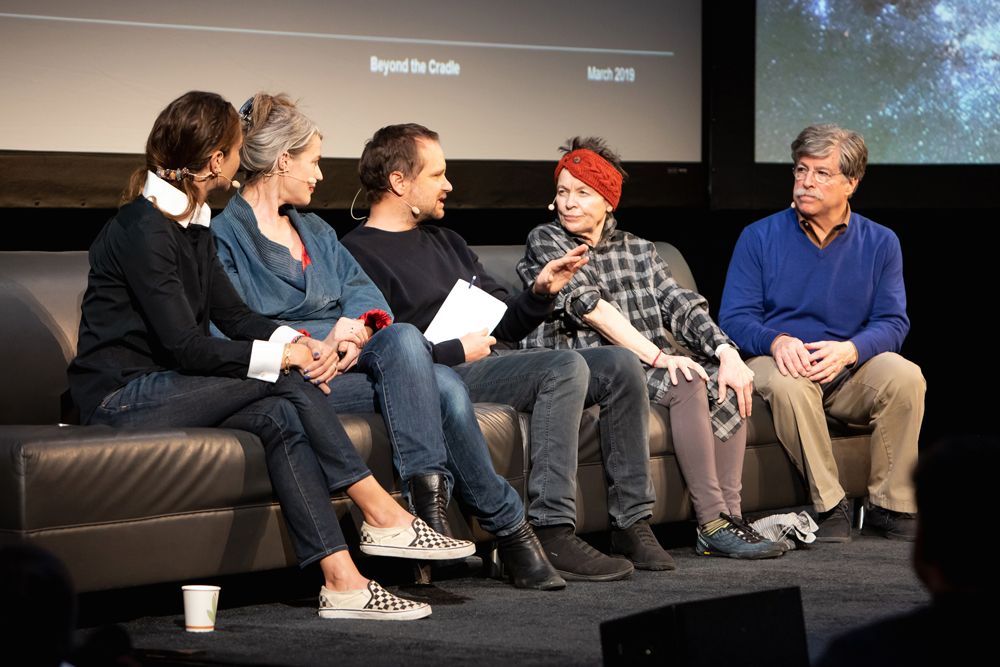
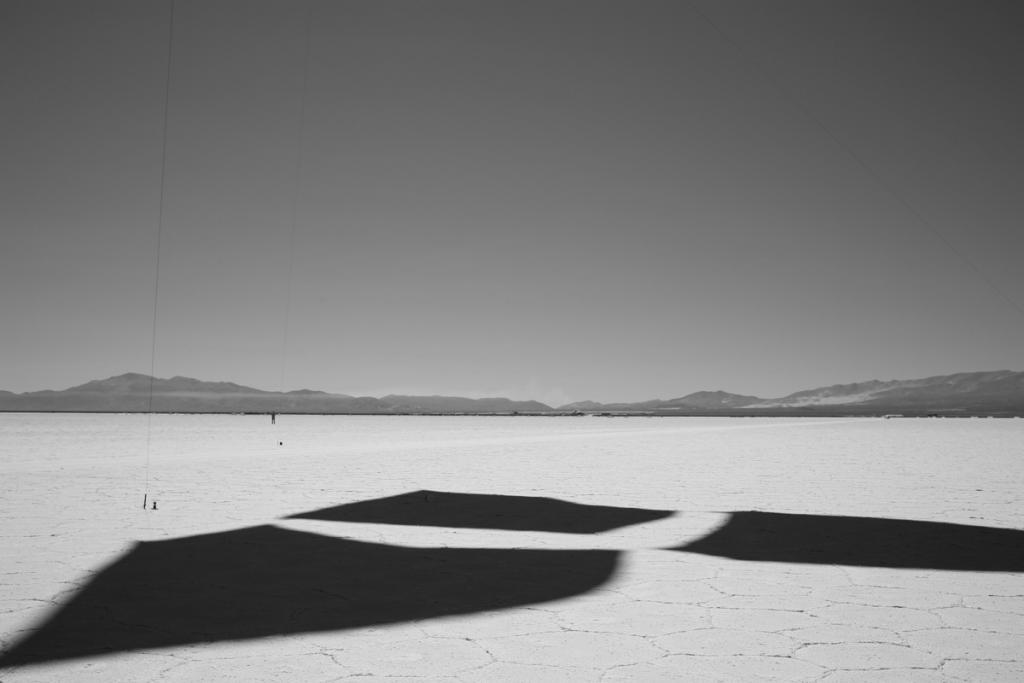
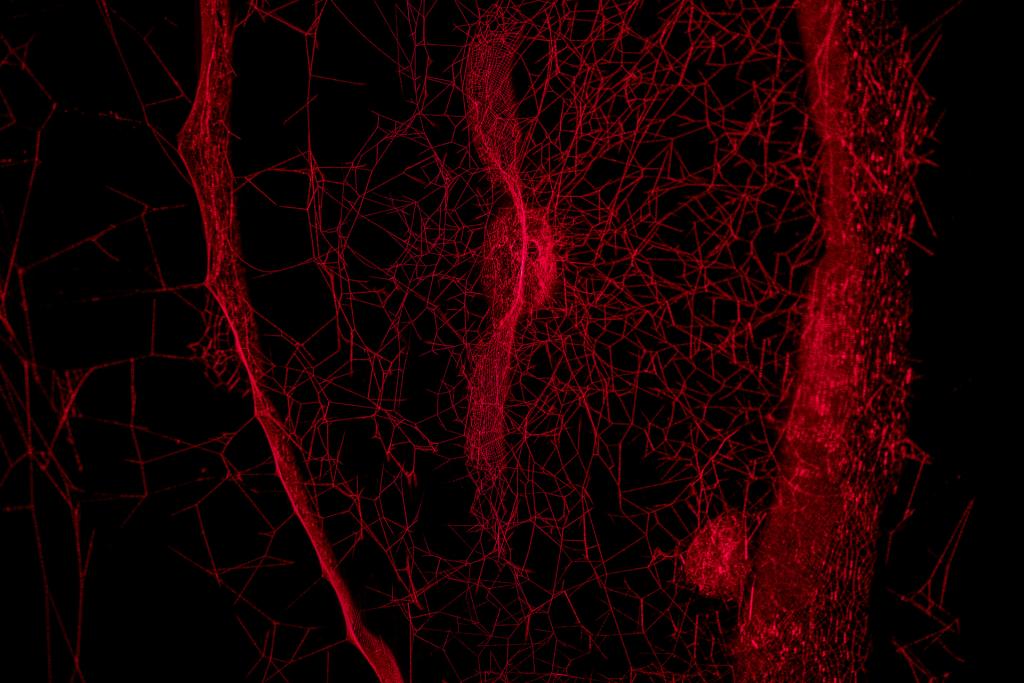
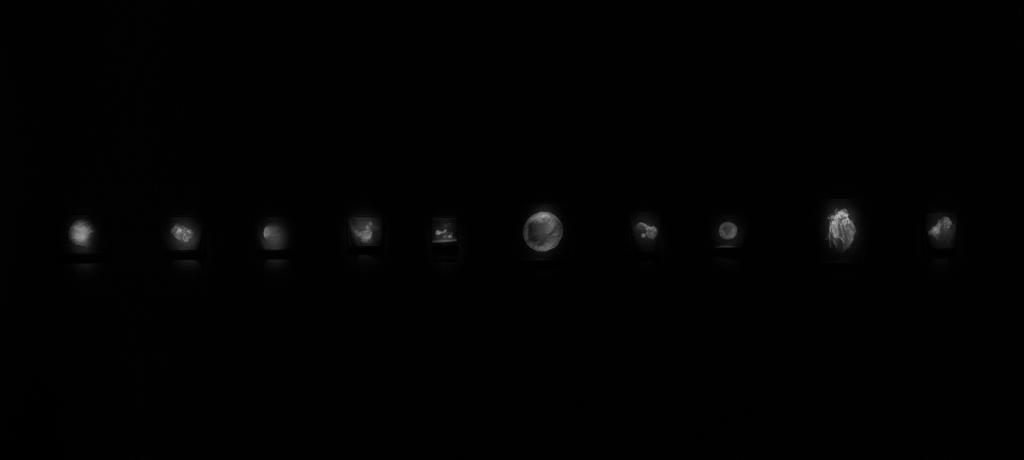

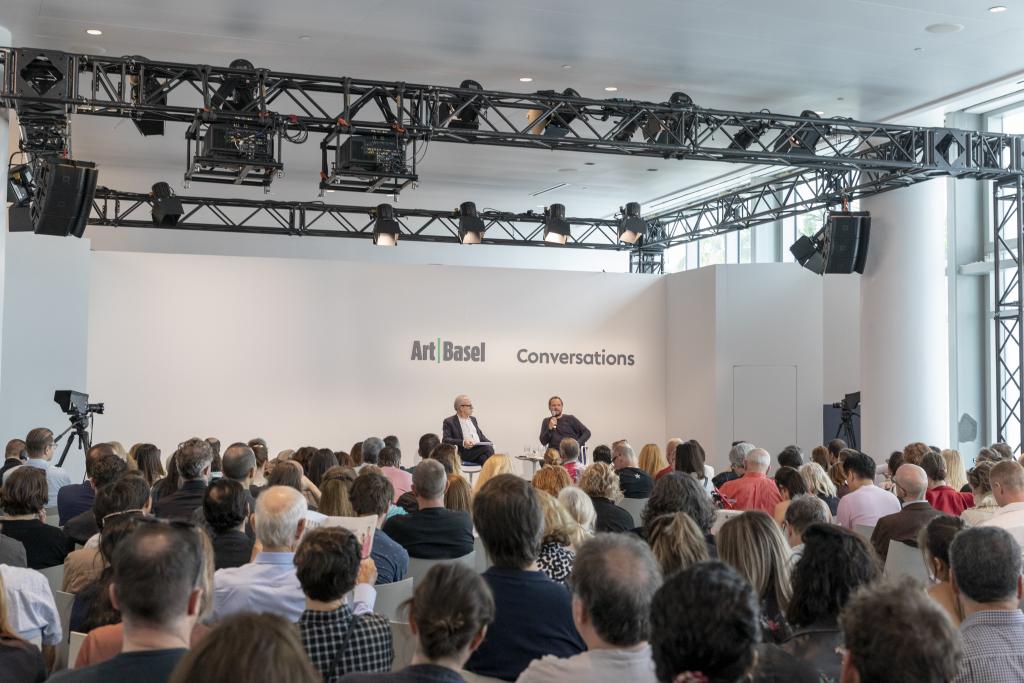
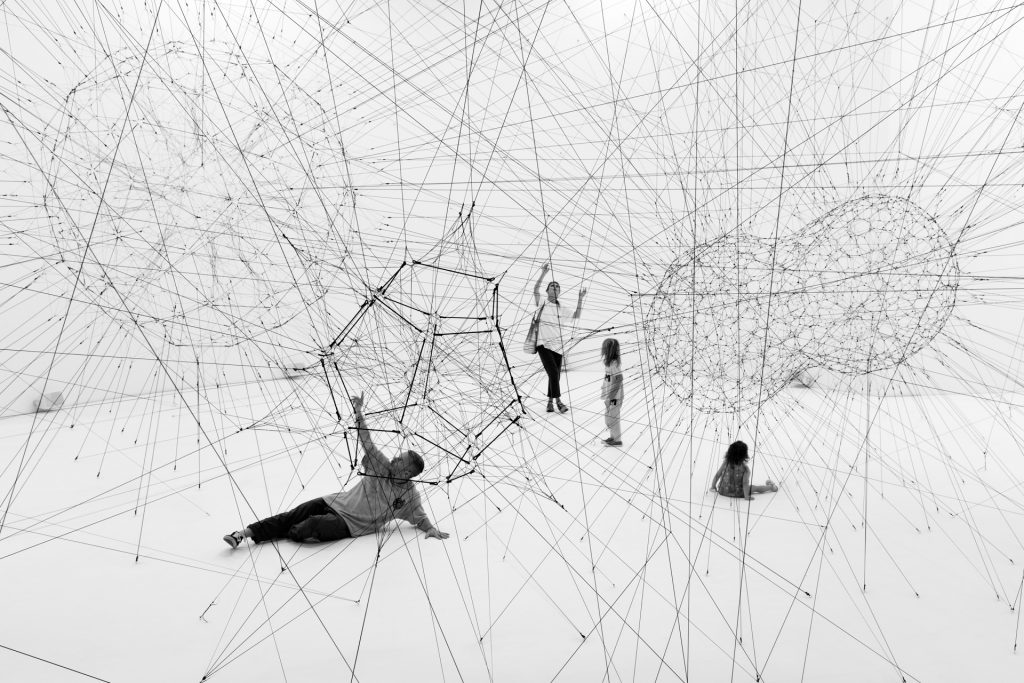
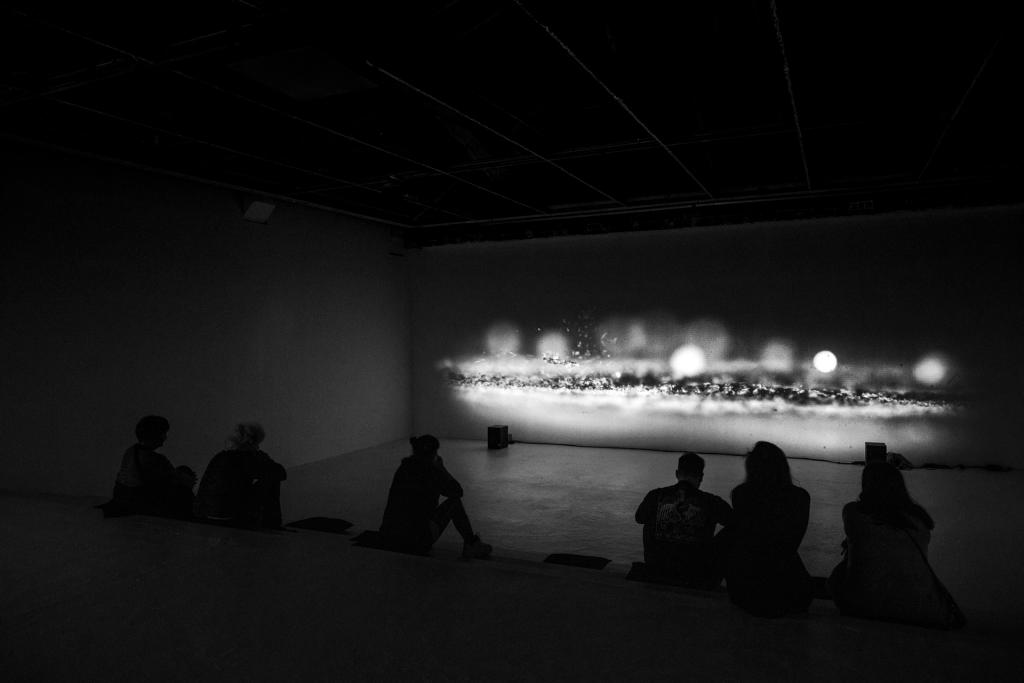
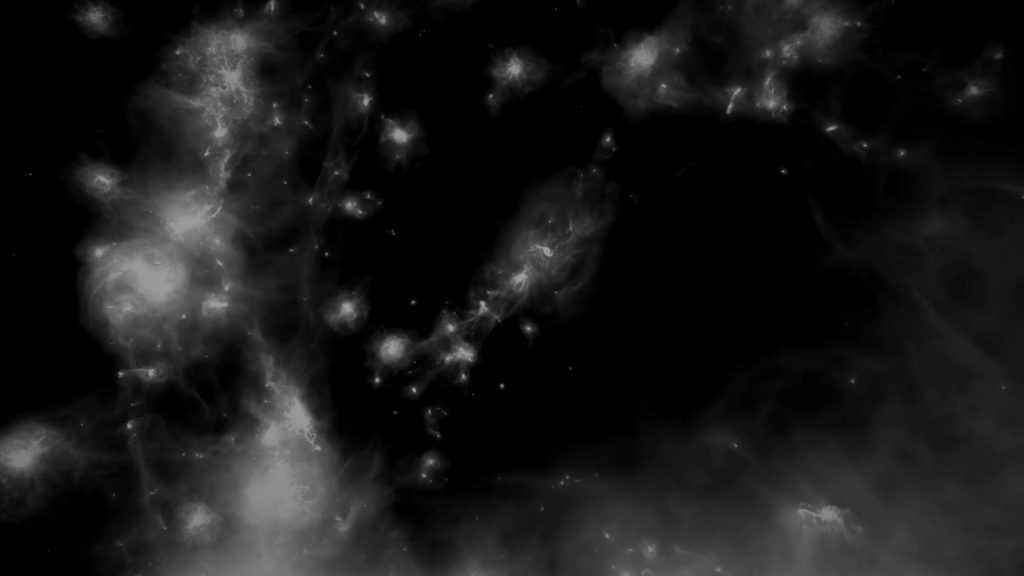
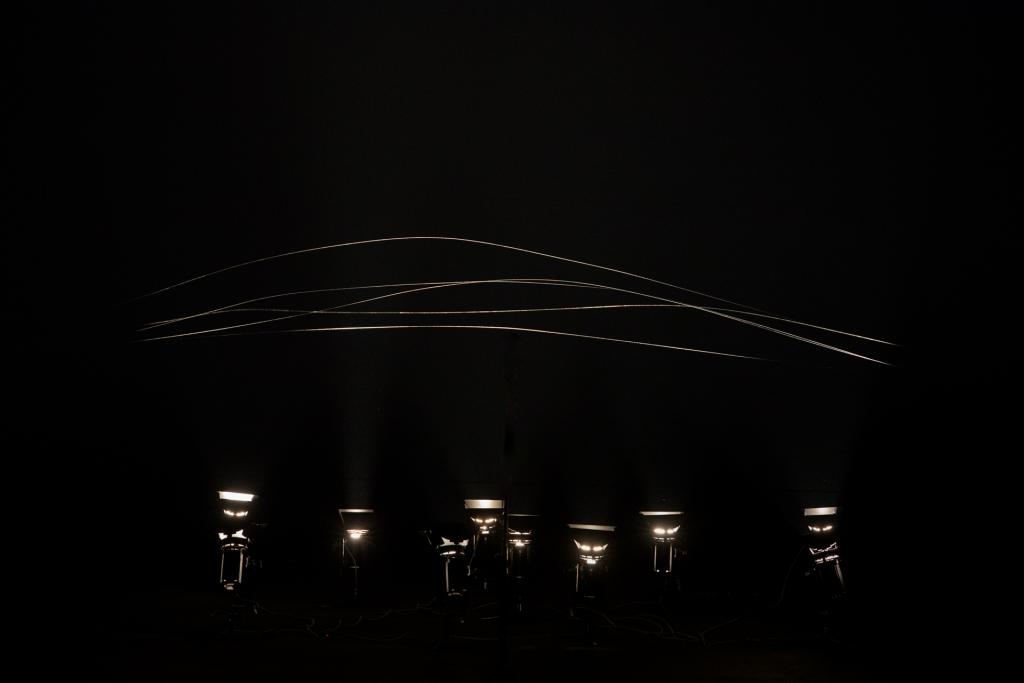
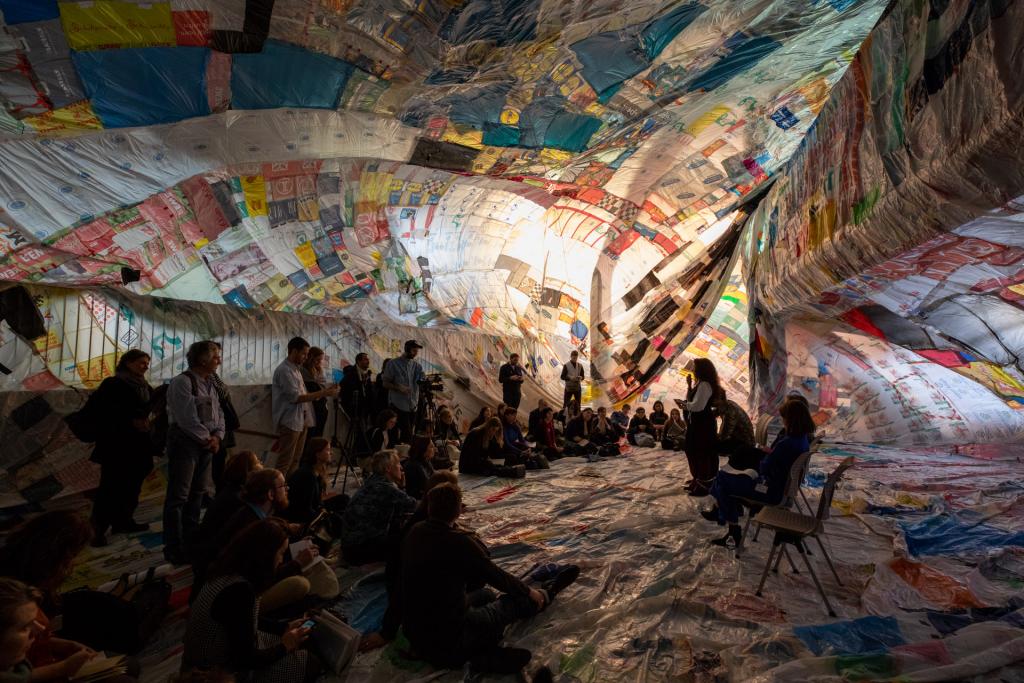
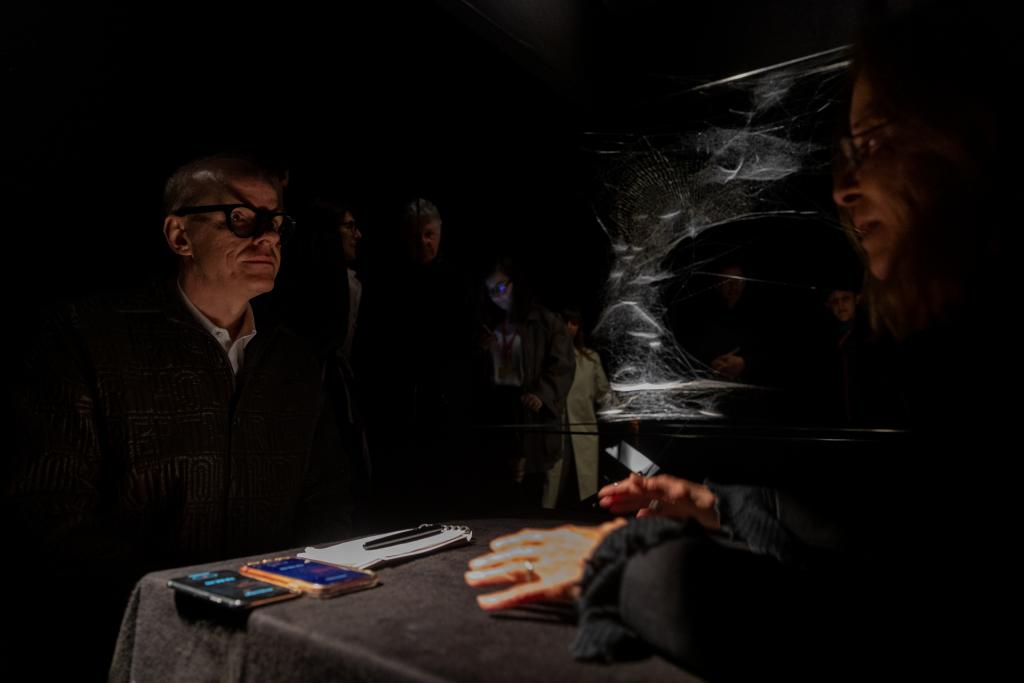
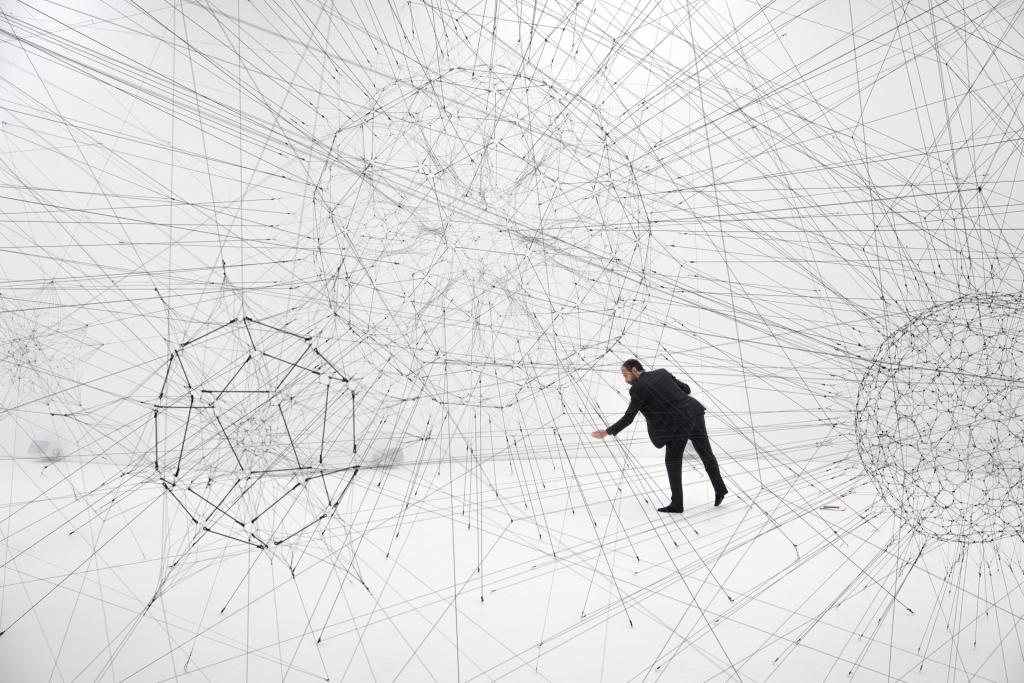
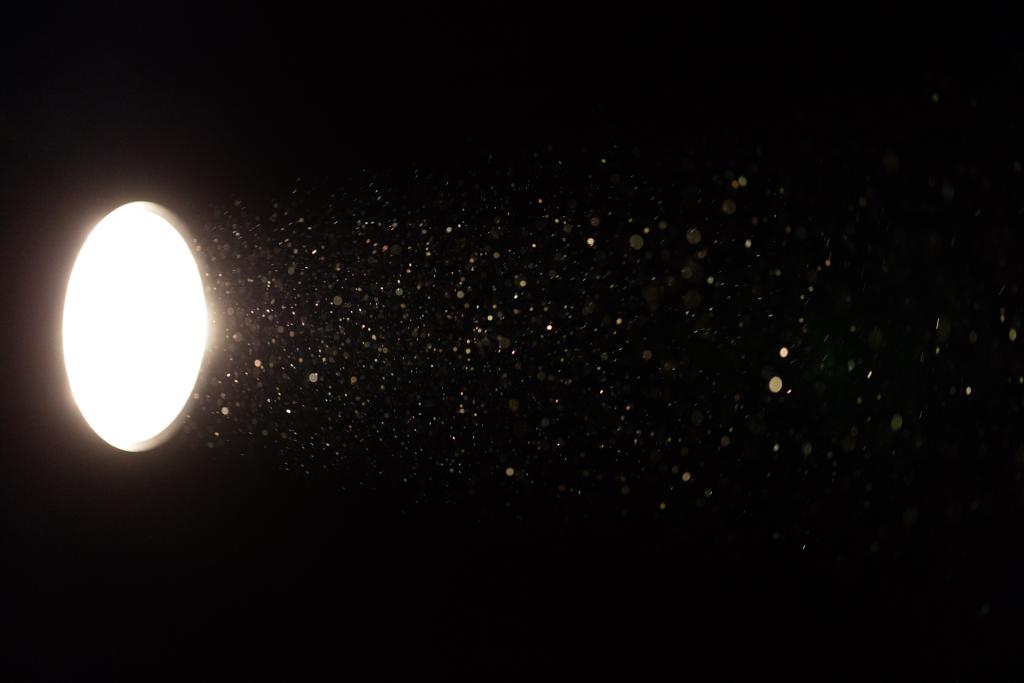
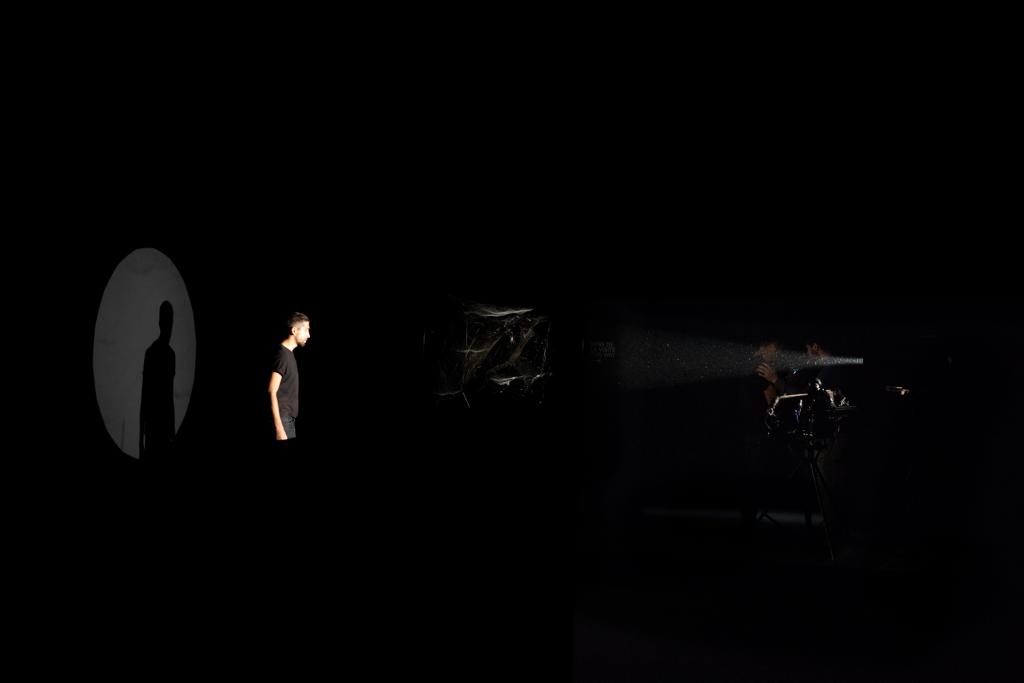
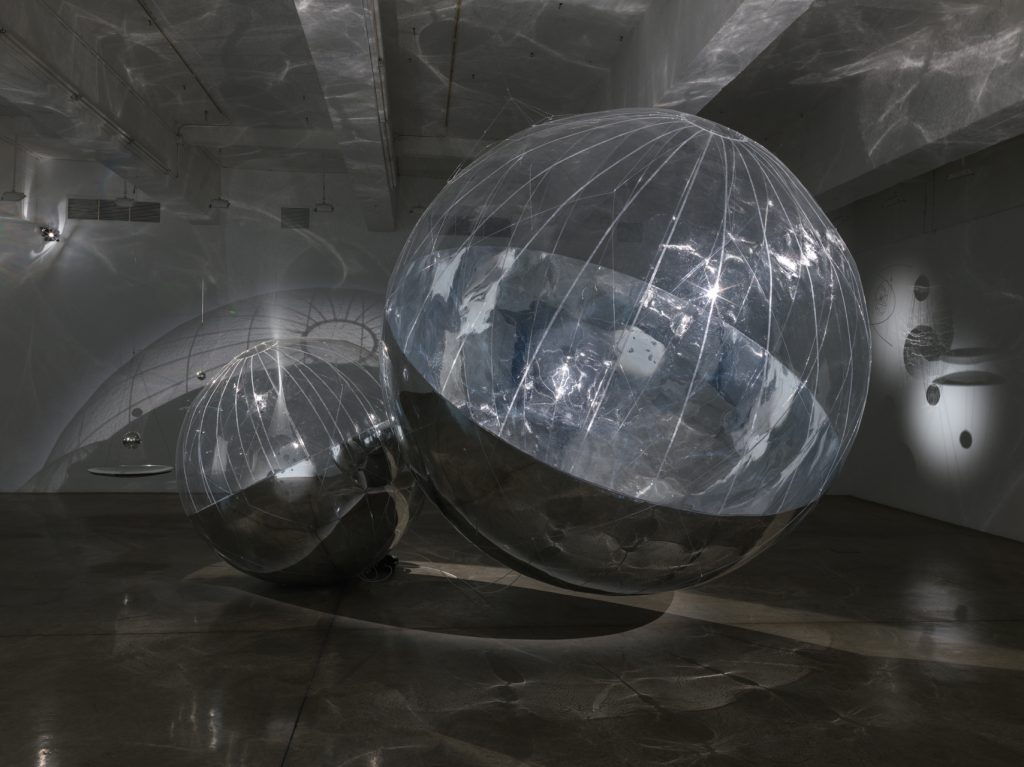
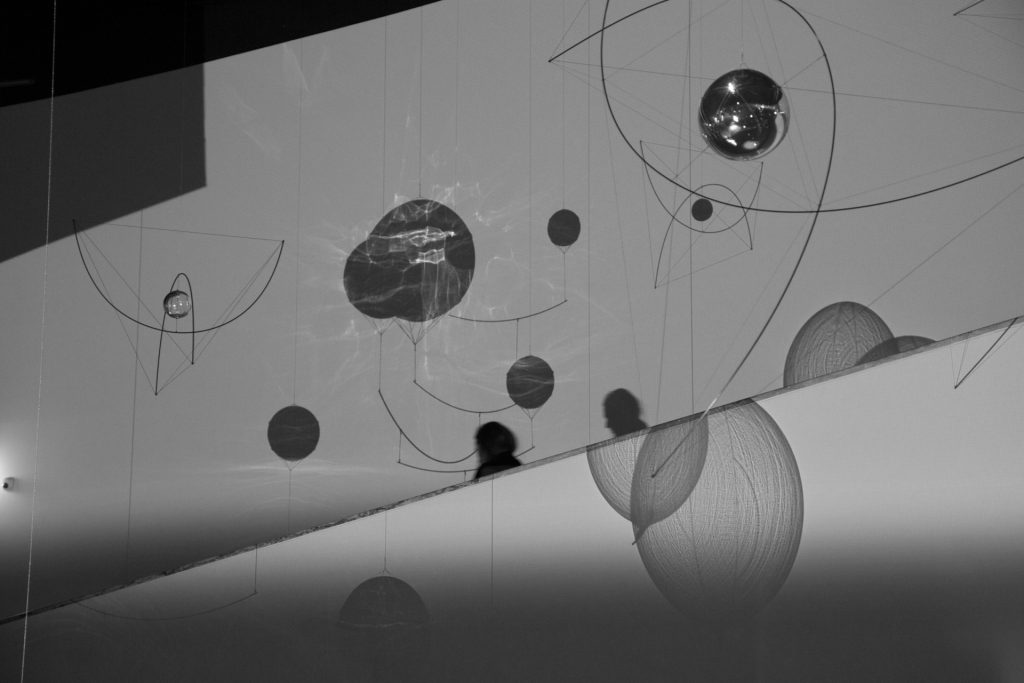
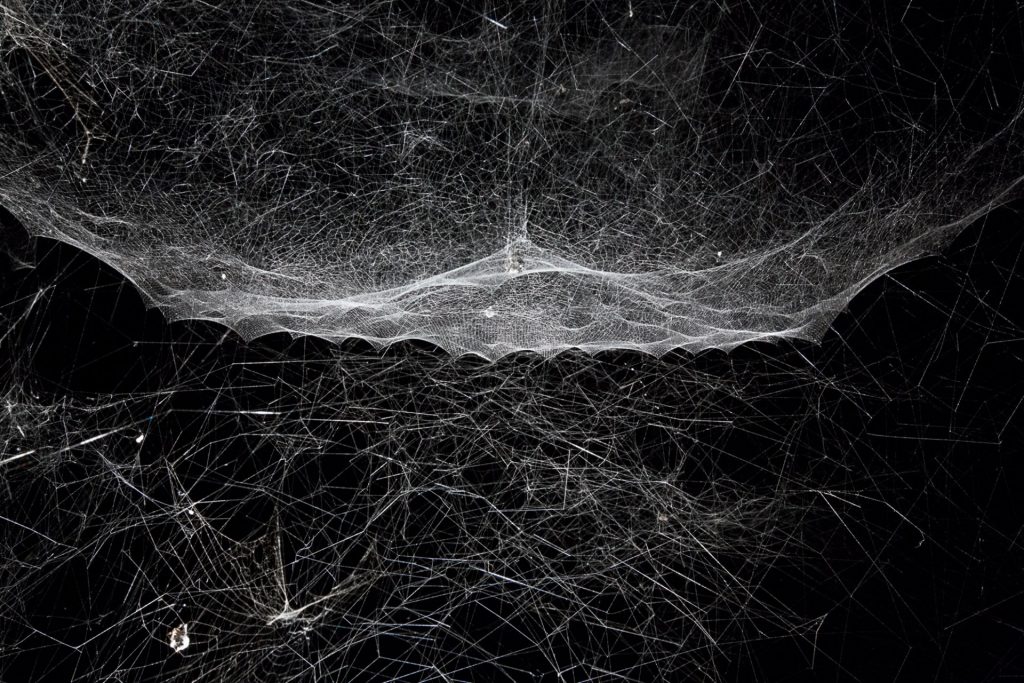
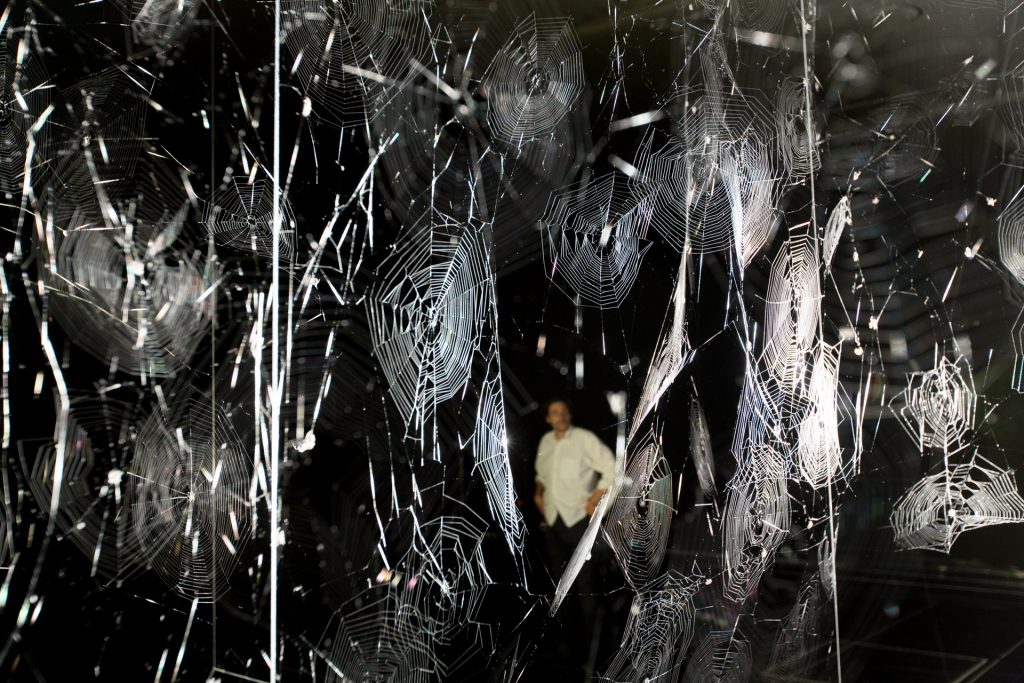
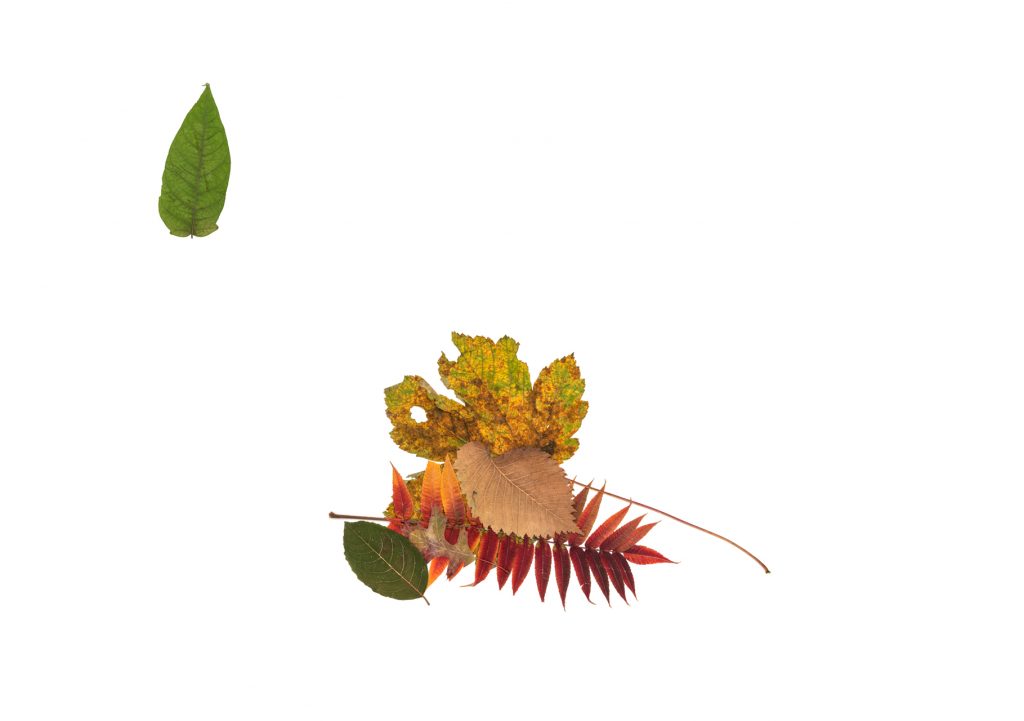
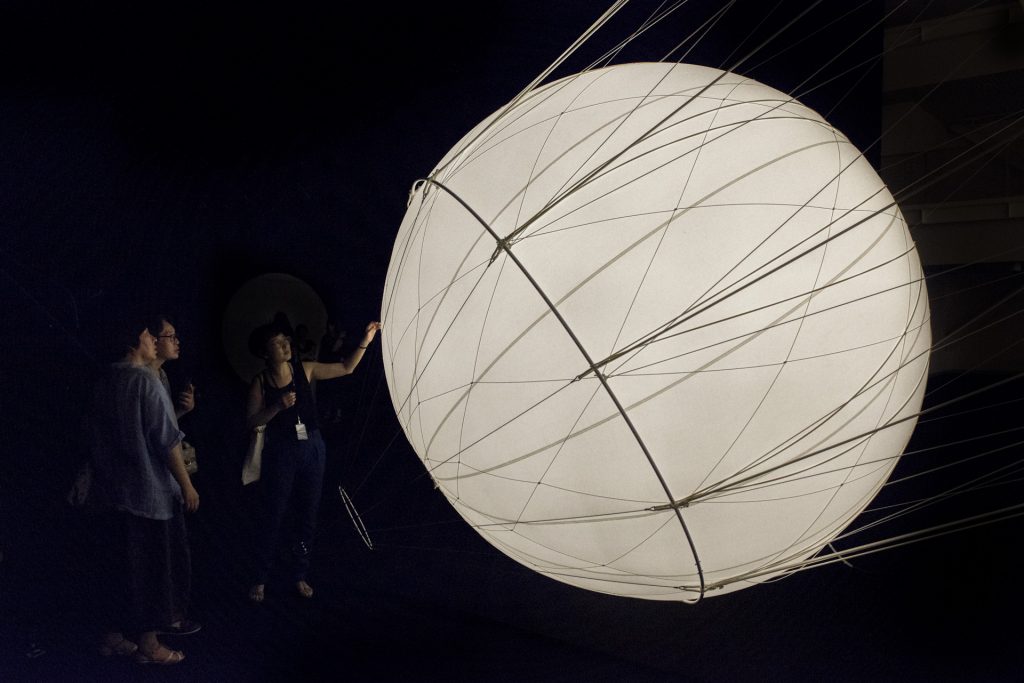
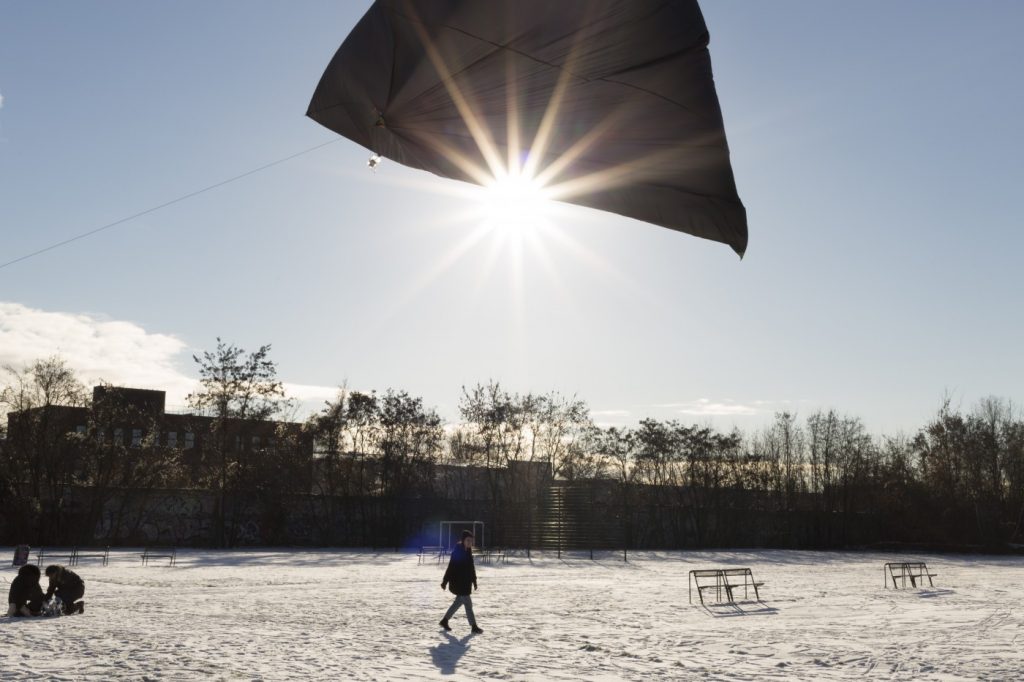
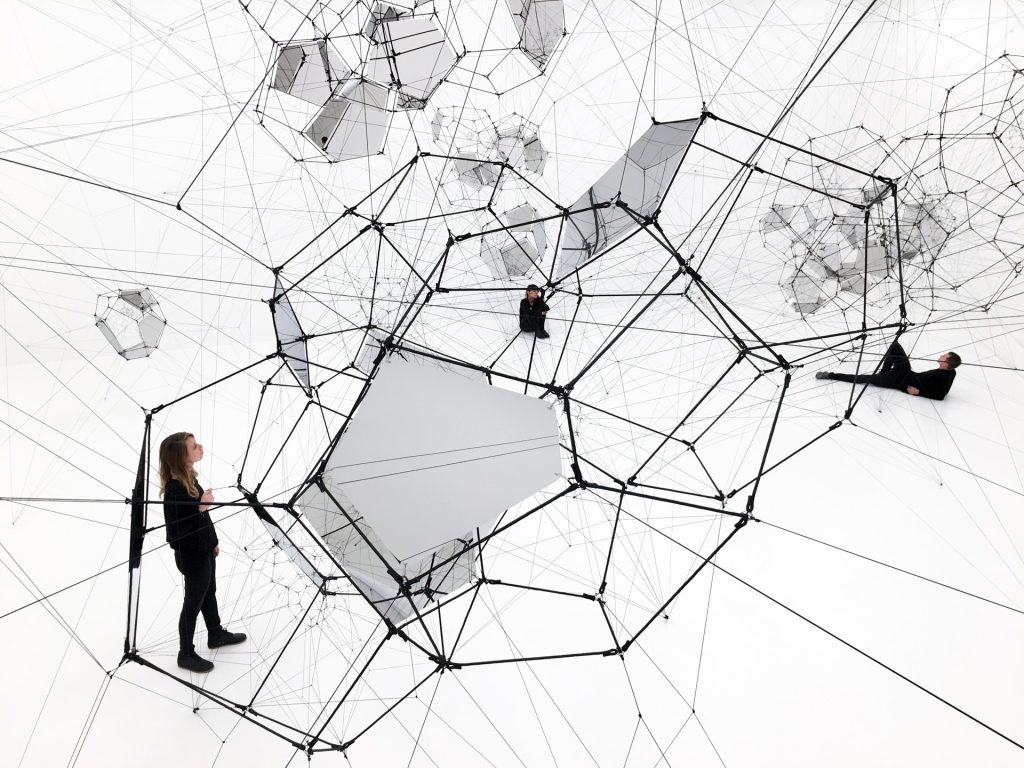
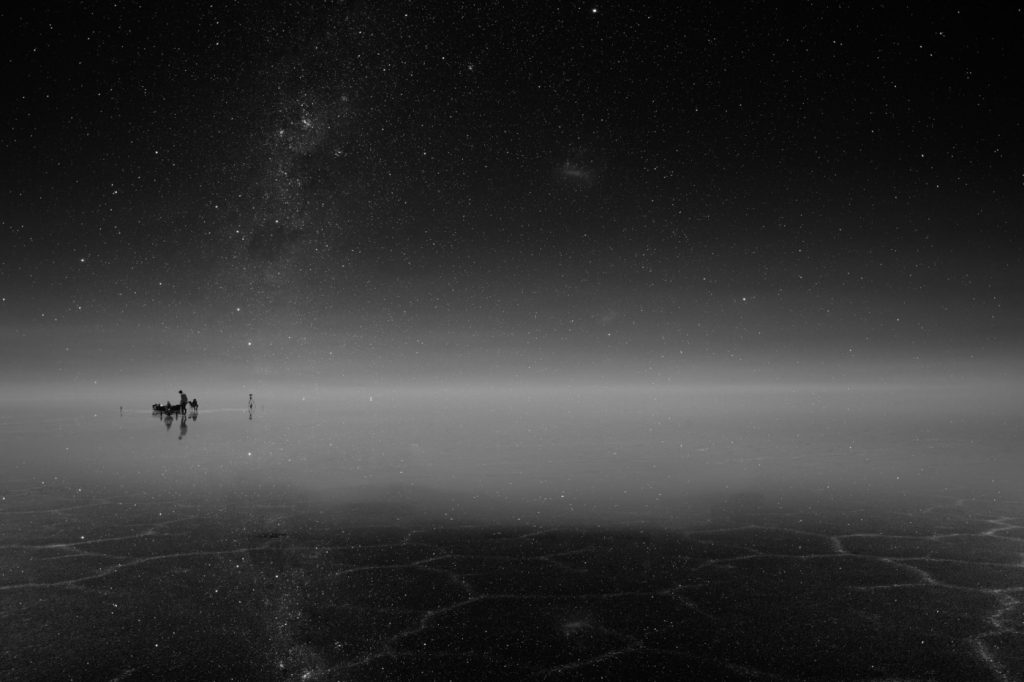
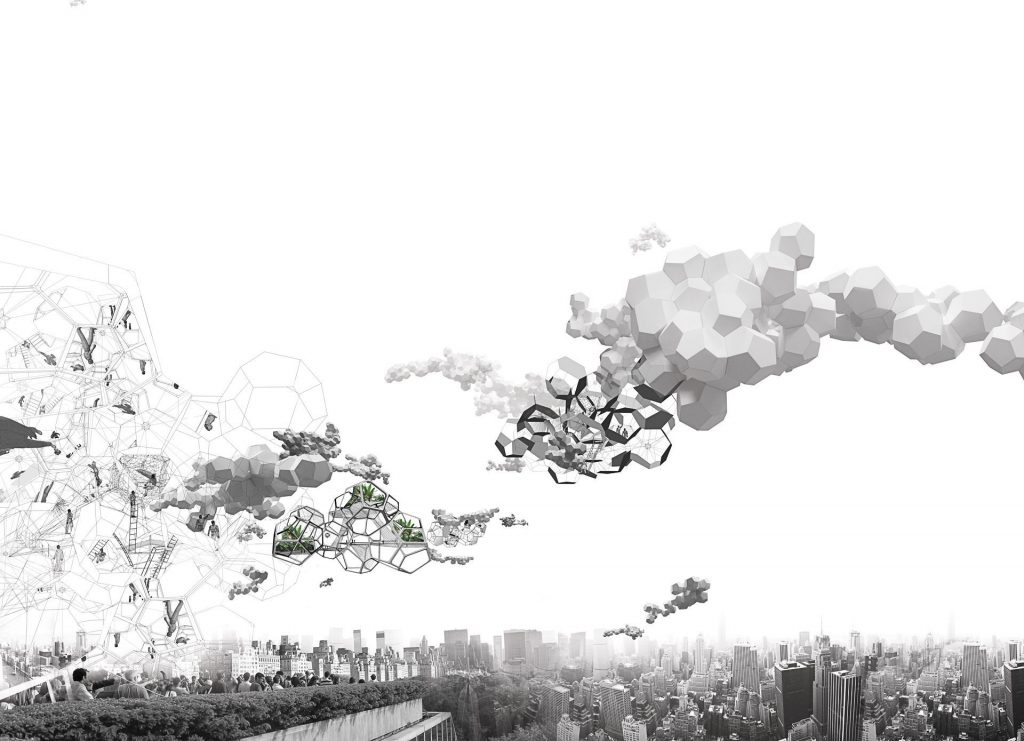
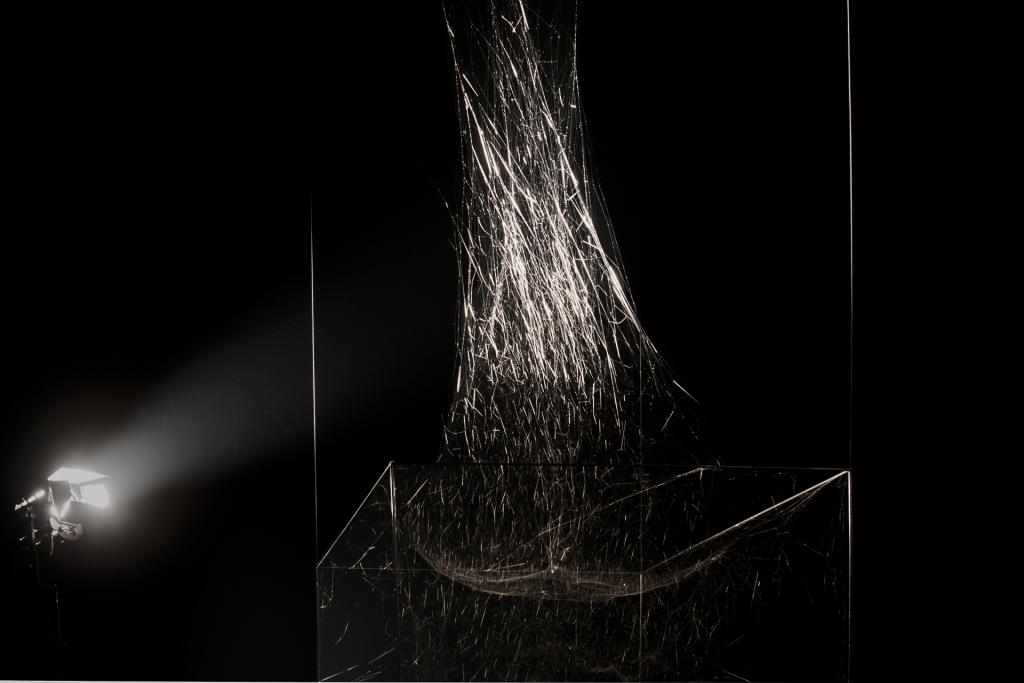
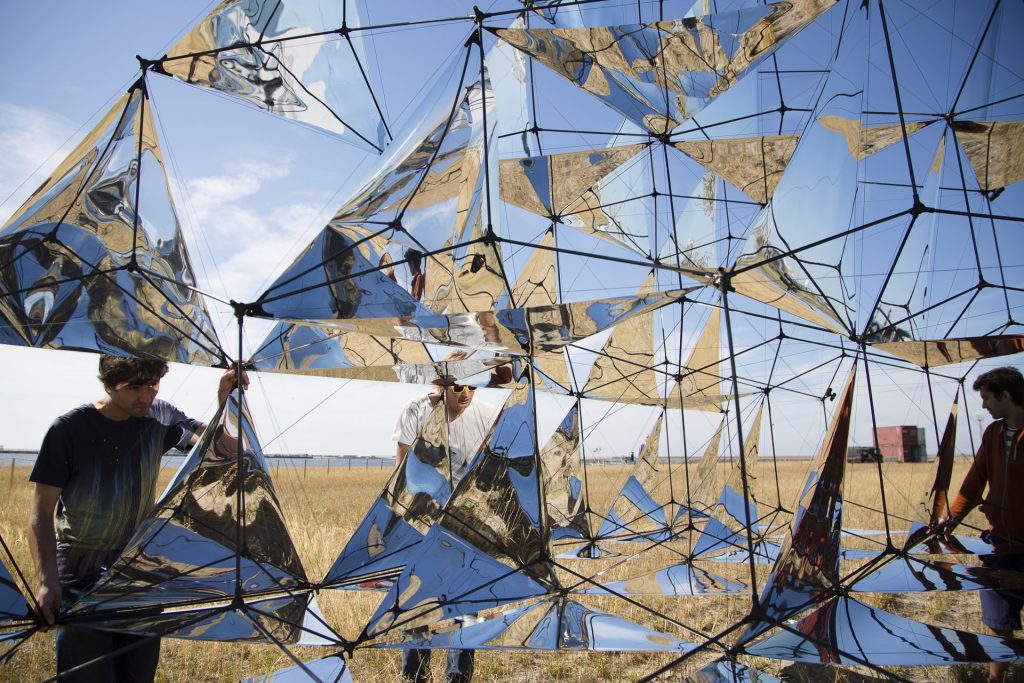
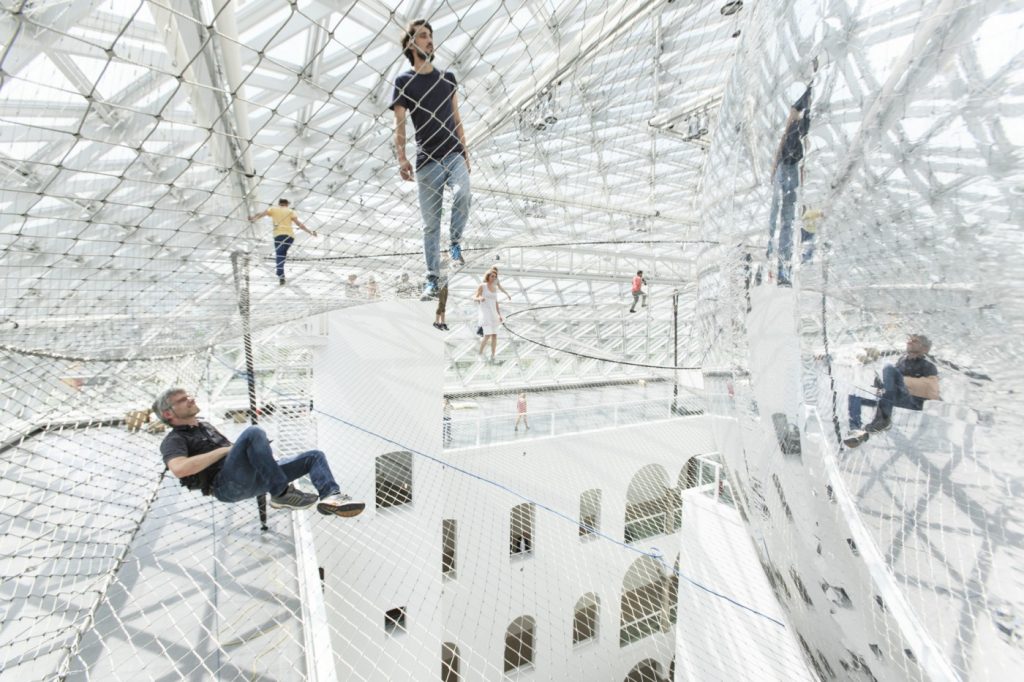
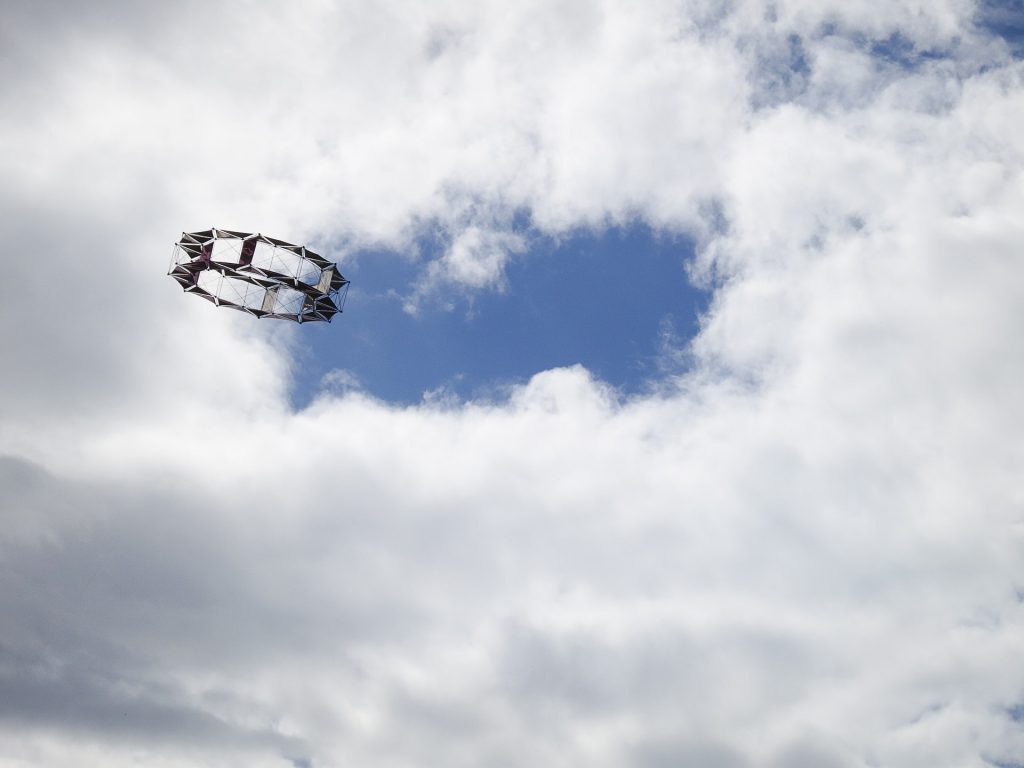
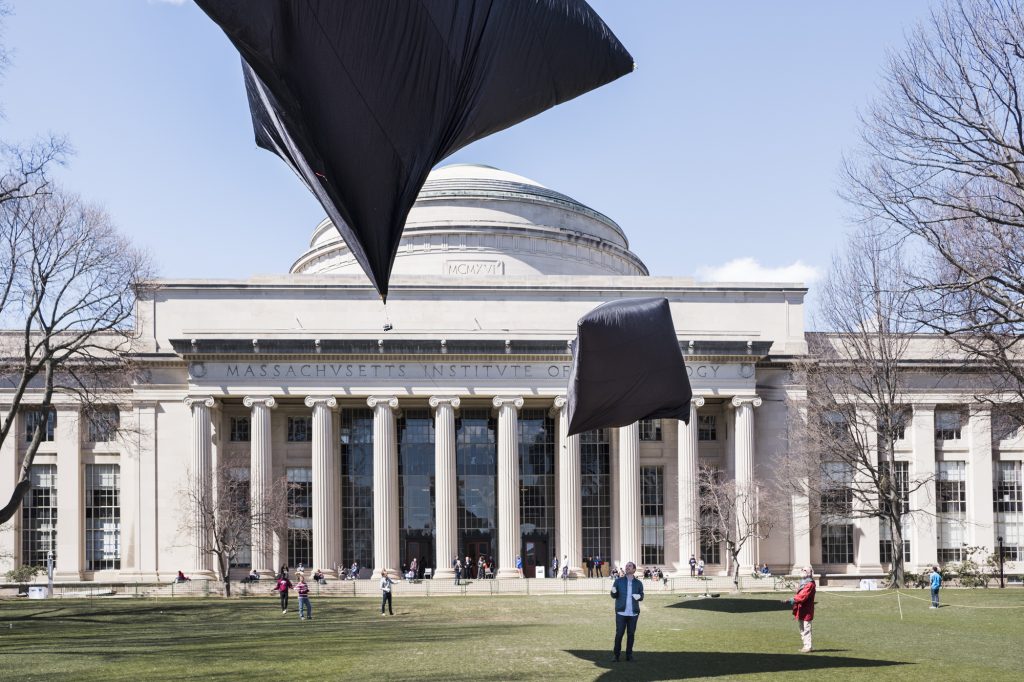
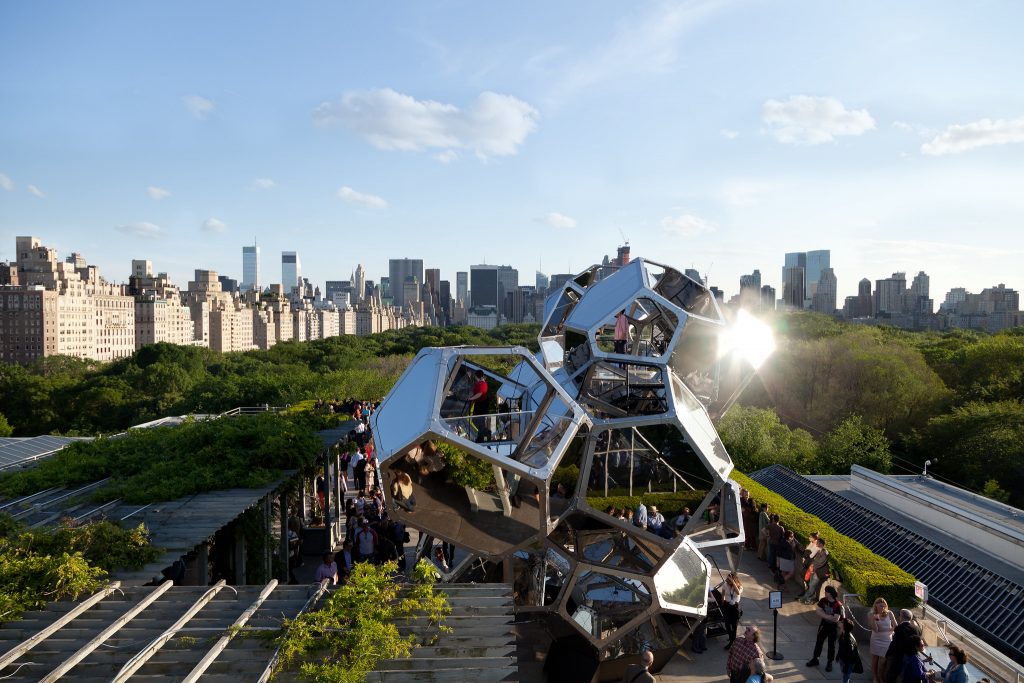
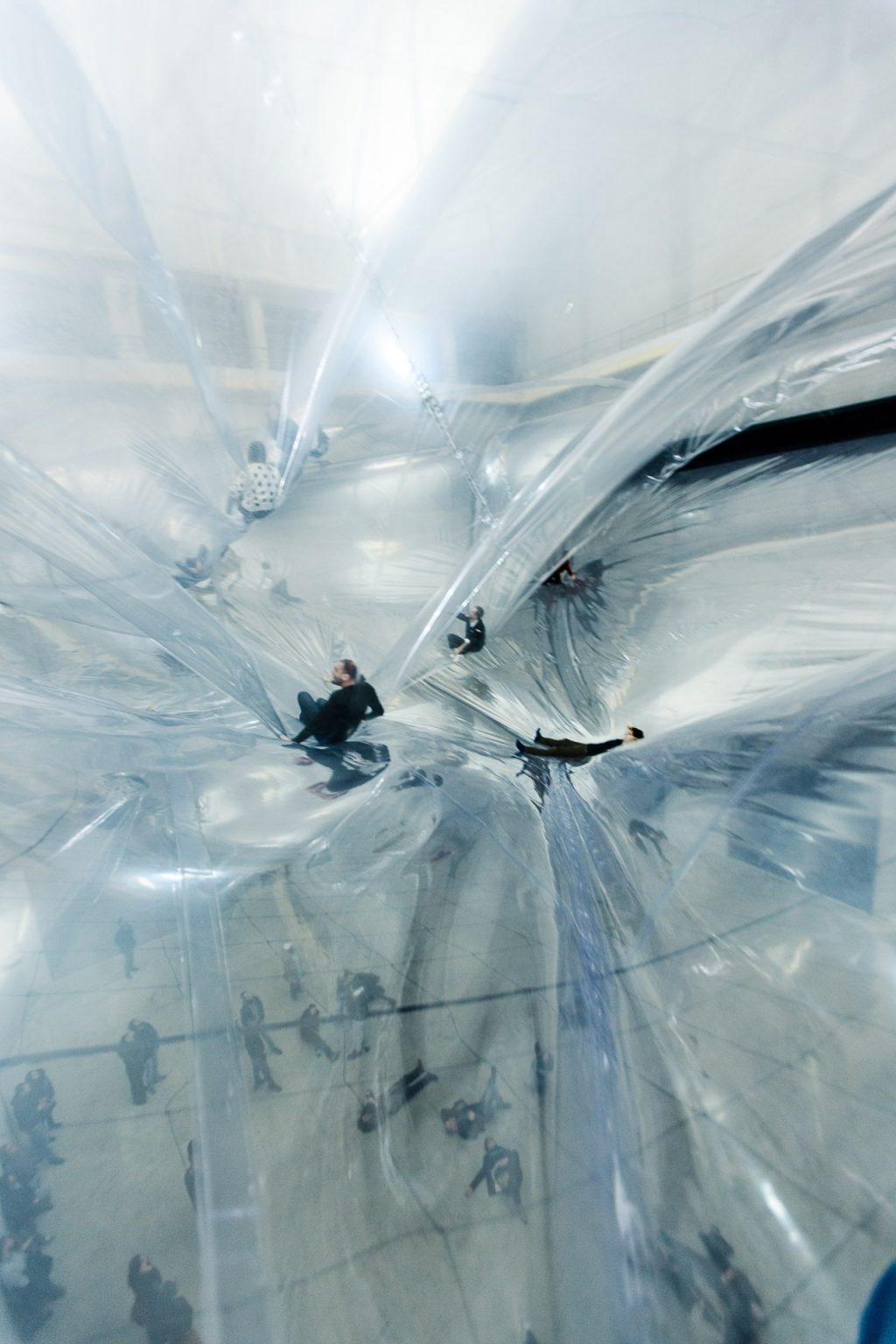
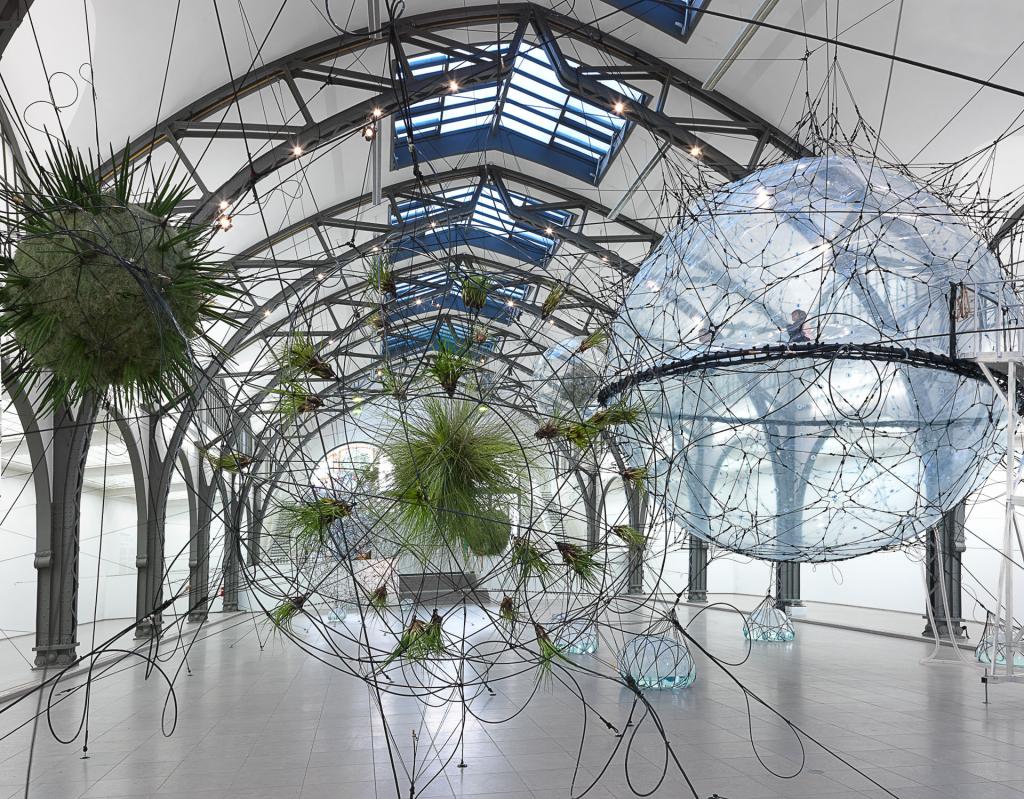
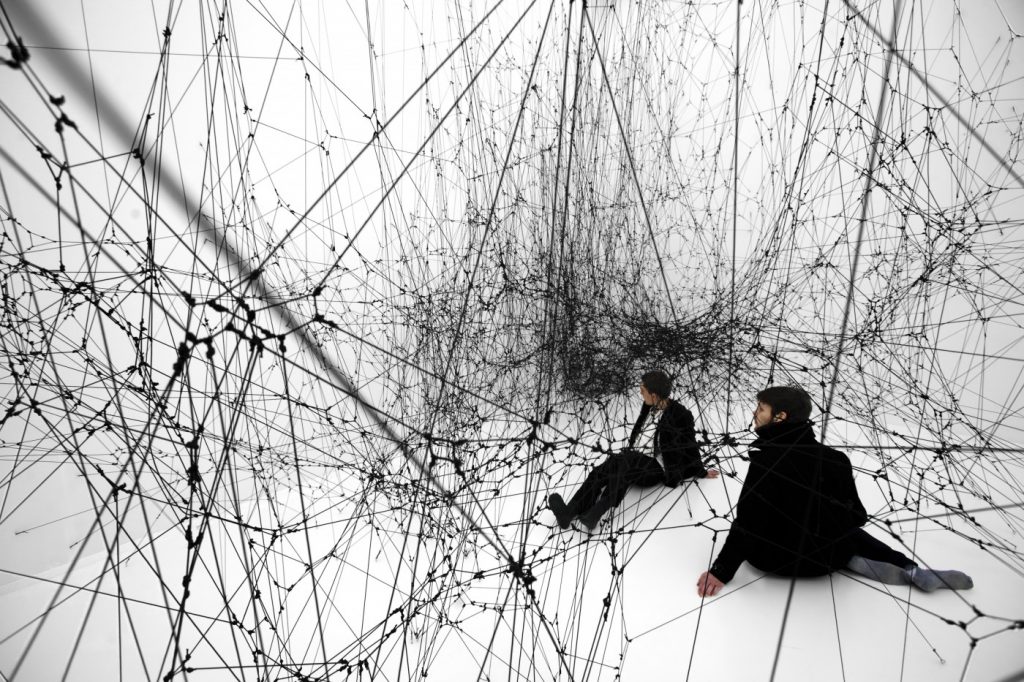
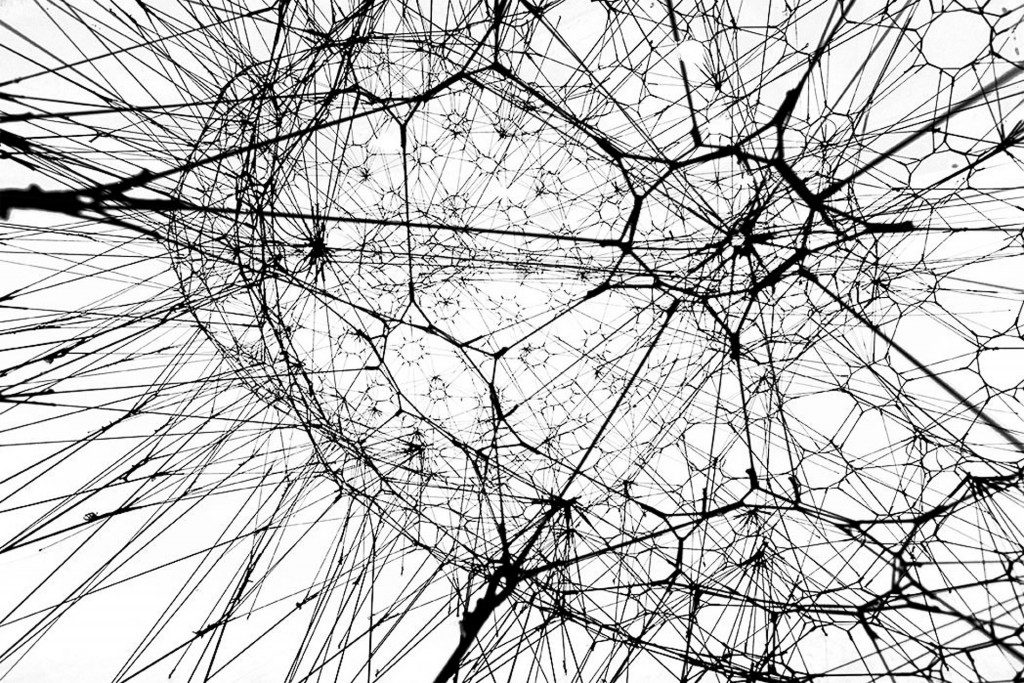
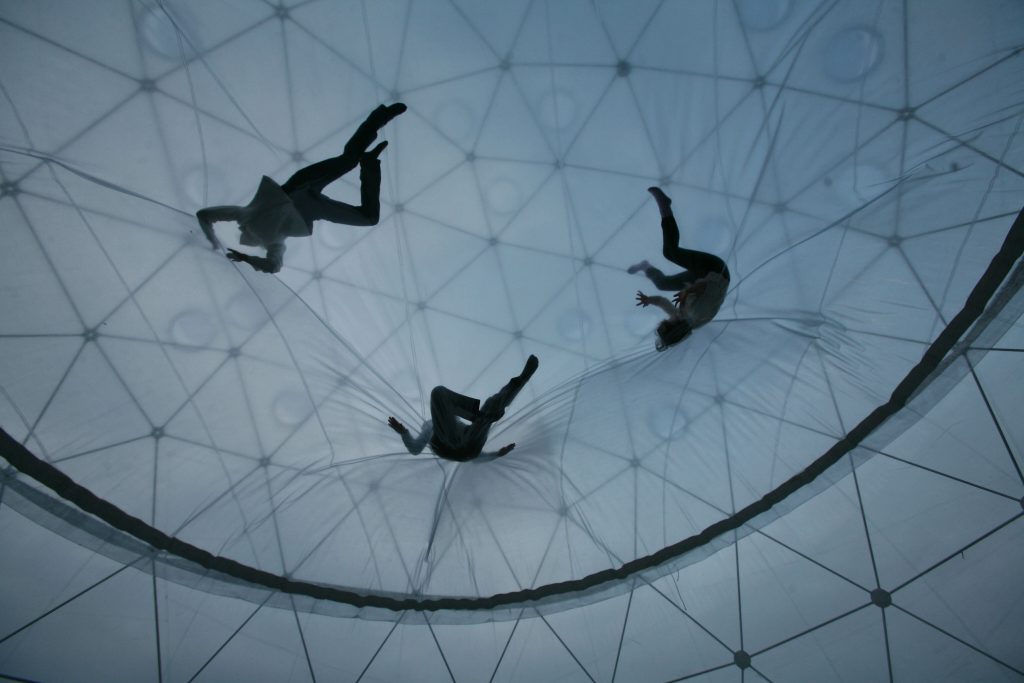
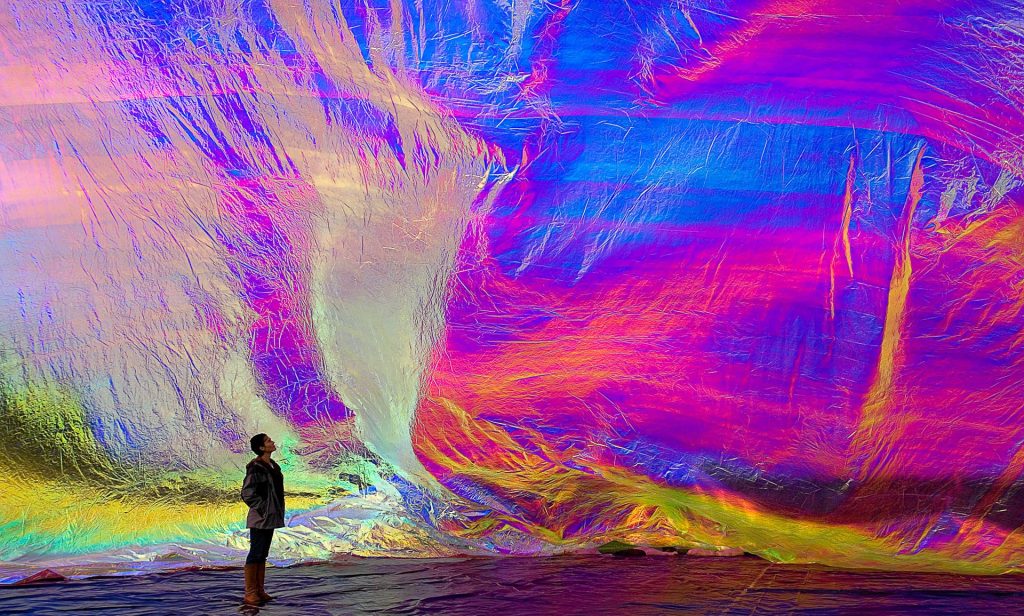
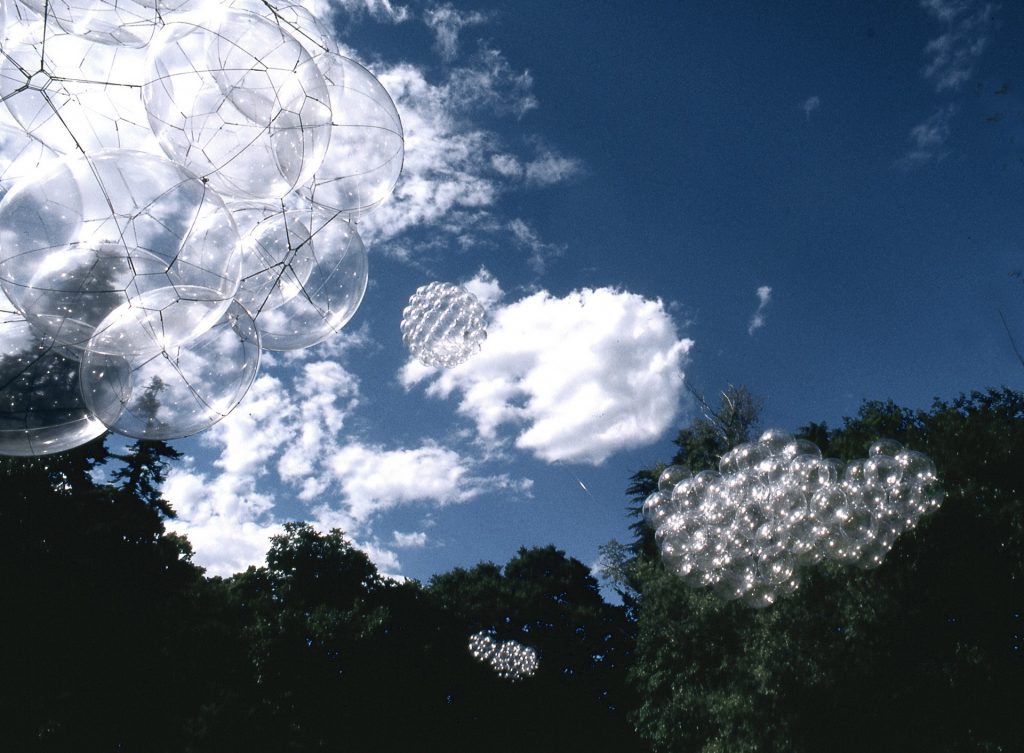
In Silent Autumn, a solo exhibition of new works by Tomás Saraceno on view in New York from February 12 through March 26, 2022. Saraceno invites participants to attune to the intricacies of our entanglement with human, nonhuman and elemental forces. Across a spectrum of perceived realities and through works that connect differently with other beings and phenomena, Saraceno highlights how a considered co-existence encourages new ways of living together, while giving space to existing equitable collaborations with the atmosphere and wider environment.
Throughout the exhibition, unheard voices become felt vibrations. Nested within a tale of interspecies solidarity, what begins with a call to co-exist empathetically, ends with another to make the means to do so – through the air that we breathe – equal once again. Throughout the exhibition Saraceno reveals how the conditions of our entanglement with nature, and the attempts of those of the Capitalocene to live above it, have conditioned us to an era marked by extractivism, patriarchal capitalism and hyperconsumption. Disrupting these anthropogenic regimes in a re-weaving of our cosmic web, the exhibition mounts a shift towards a living and sensing otherwise; towards sustainable, interspecies cohabitation, from arachnophobia to Arachnophilia. A vibration is felt, not only the invertebrate kind, but a vibration of knowledge across species and cultures that expands a vision for the future.
The artist’s work dialogues with other forms of life and life-forming through the ongoing community initiatives Aerocene and Arachnophilia.
A series of new artworks confront the Capitalocentric perception of nature as an immutable force, as air, water or soil marked by pollution performs as a medium for transformation as well as a narrator of history. Silent Spring features poppy flowers cut from the contaminated soil surrounding the artist’s studio in Berlin-Rummelsburg, a site polluted by the building’s former resident, photographic film and dye manufacturer Actien-Gesellschaft für Anilin-Fabrication (Agfa). Finding lineage from Rachel Carson’s 1962 book Silent Spring, these delicate compositions trace a history of chemical colonization: in Agfa’s attempts to reproduce color pigments of nature, residual chemicals were deposited into the factory’s grounds, contaminating adjacent soils, rendering all fruits of the soil inedible and forever altering the color of its landscape. Framed behind shutters, visitors are invited to observe and re-observe the artwork, hastening the slow fade of the prints with each viewing and exposure in an urgent reminder that, in our attempts to “capture” the color of nature, we change it irrevocably. Now, if humans of the Capitalocene do not shift their methods of “reproducing” nature, that very nature will change—or worse, cease to exist.
The photographic process of exposing light through the medium of film, as well as its tainted history, is refracted in the suite of prints from which the exhibition derives its name. The pressed leaves depicted in Silent Autumn will continue to change throughout the exhibition as their pigment wanes in the gallery’s natural and artificial light. Silent Autumn continues on the adjacent wall, where the same image is photographically reproduced, first digitally, and again using Agfa film stock. Here, the seemingly benign process of photographic capture is investigated, its politics and pollutants exposed in the name of changing our habits and not the climate.
Read more about Studio Tomás Saraceno’s connection to the history of AGFA here.




...